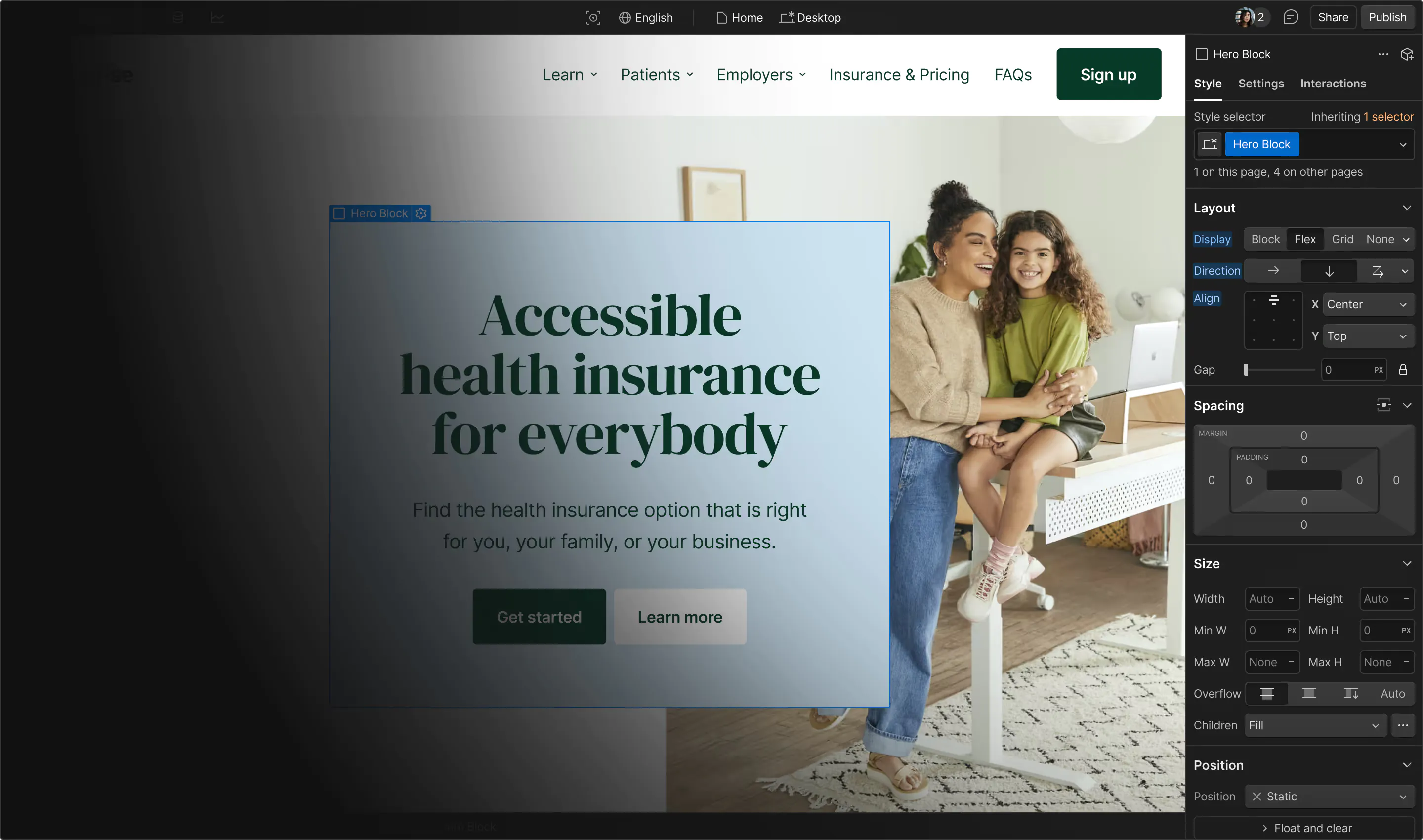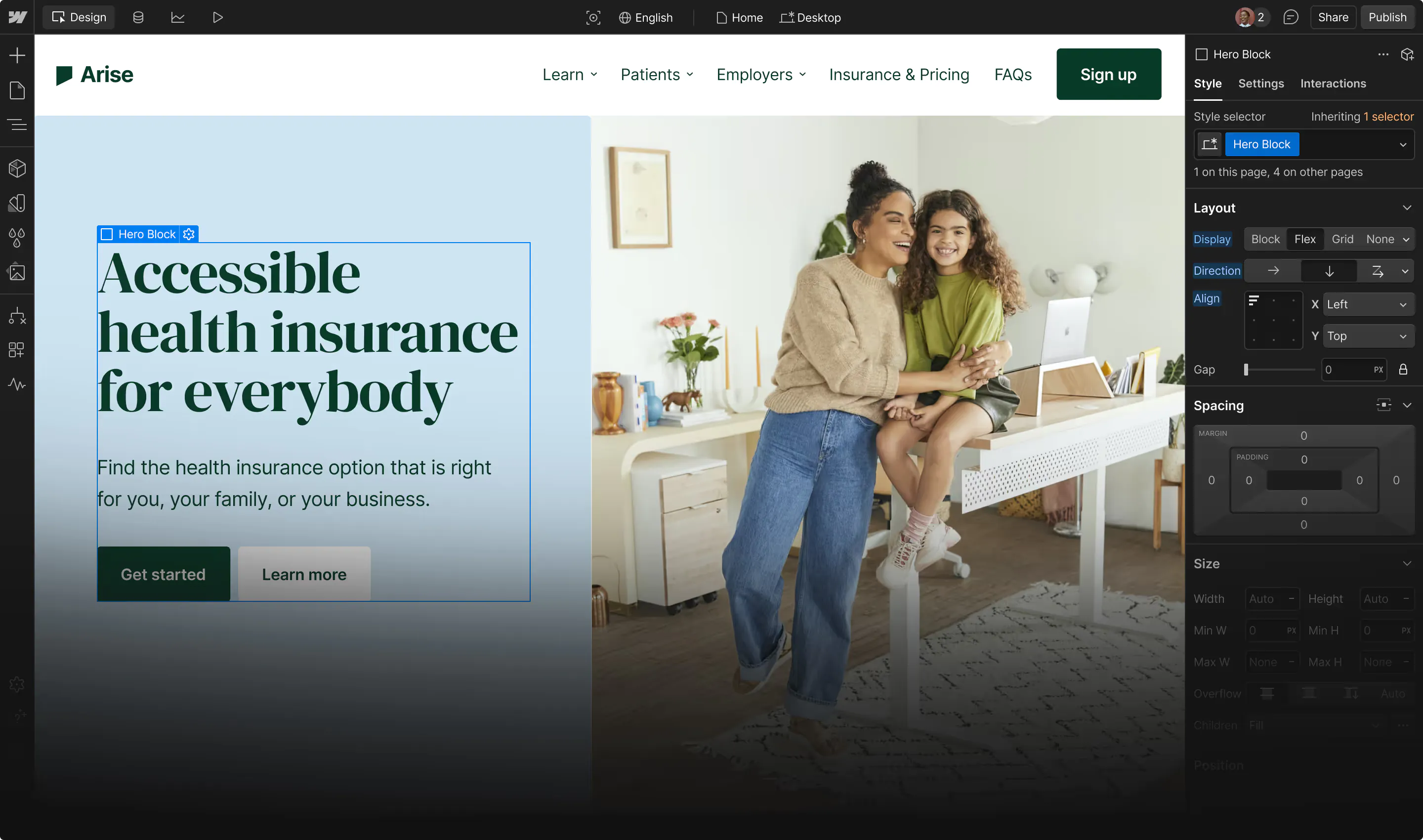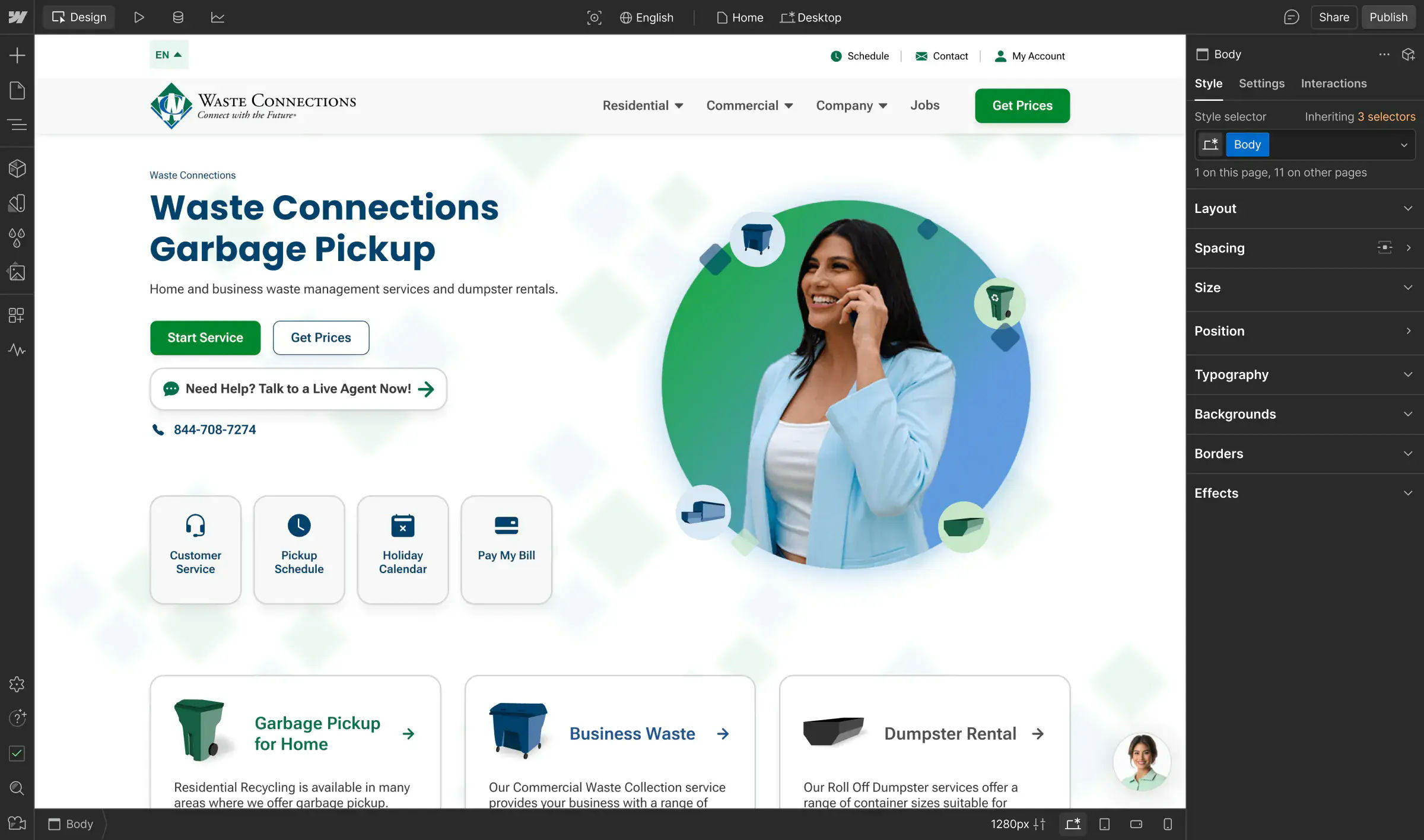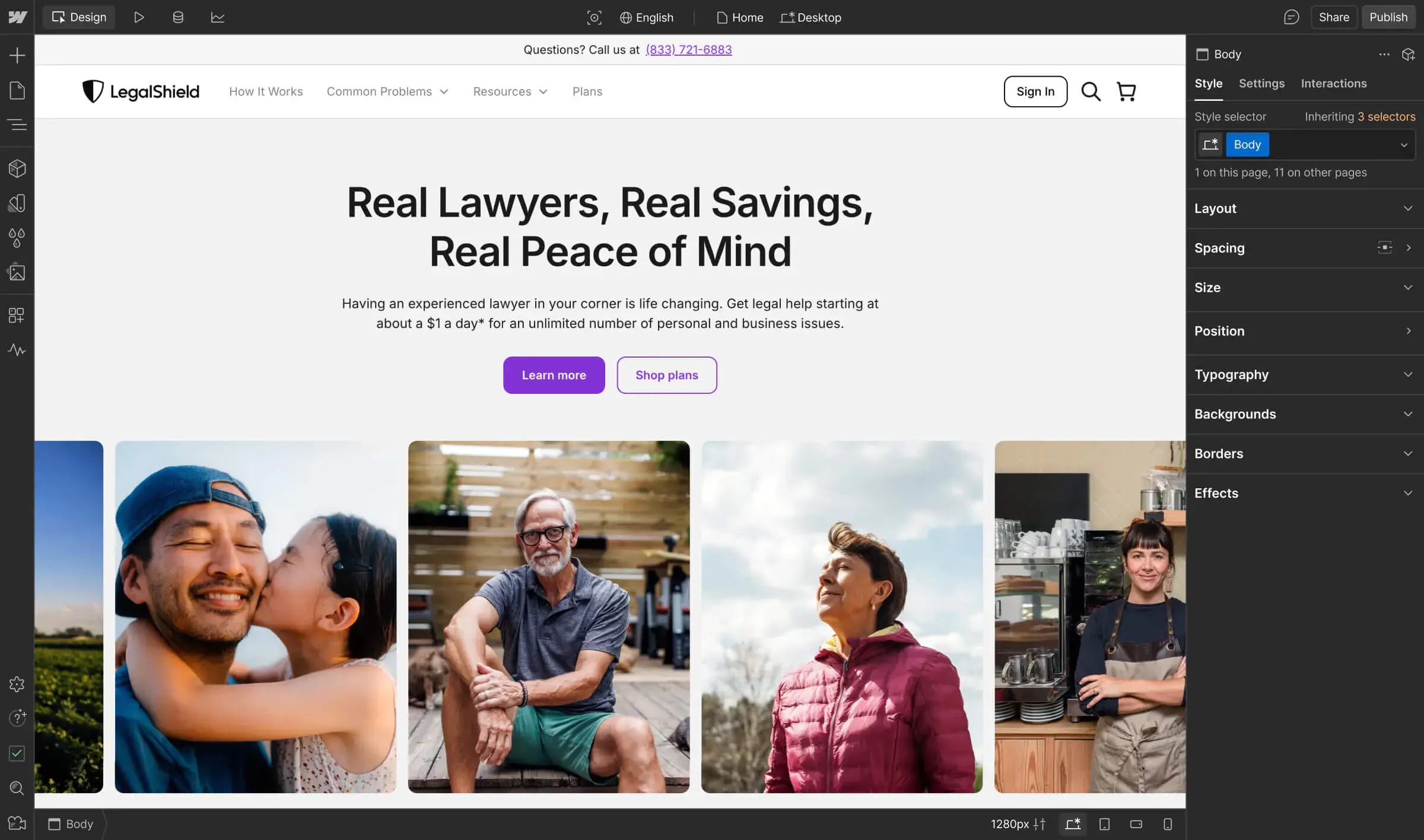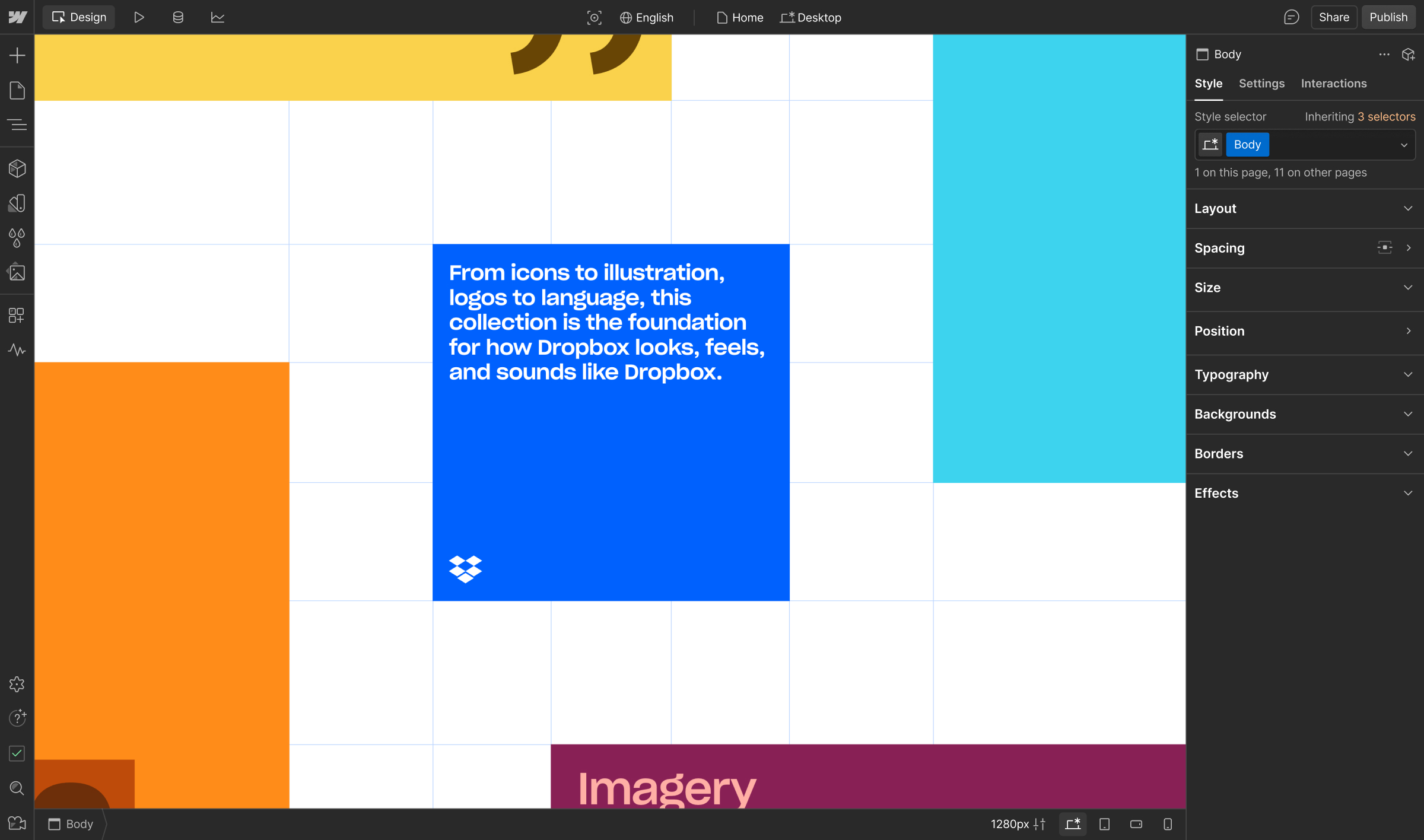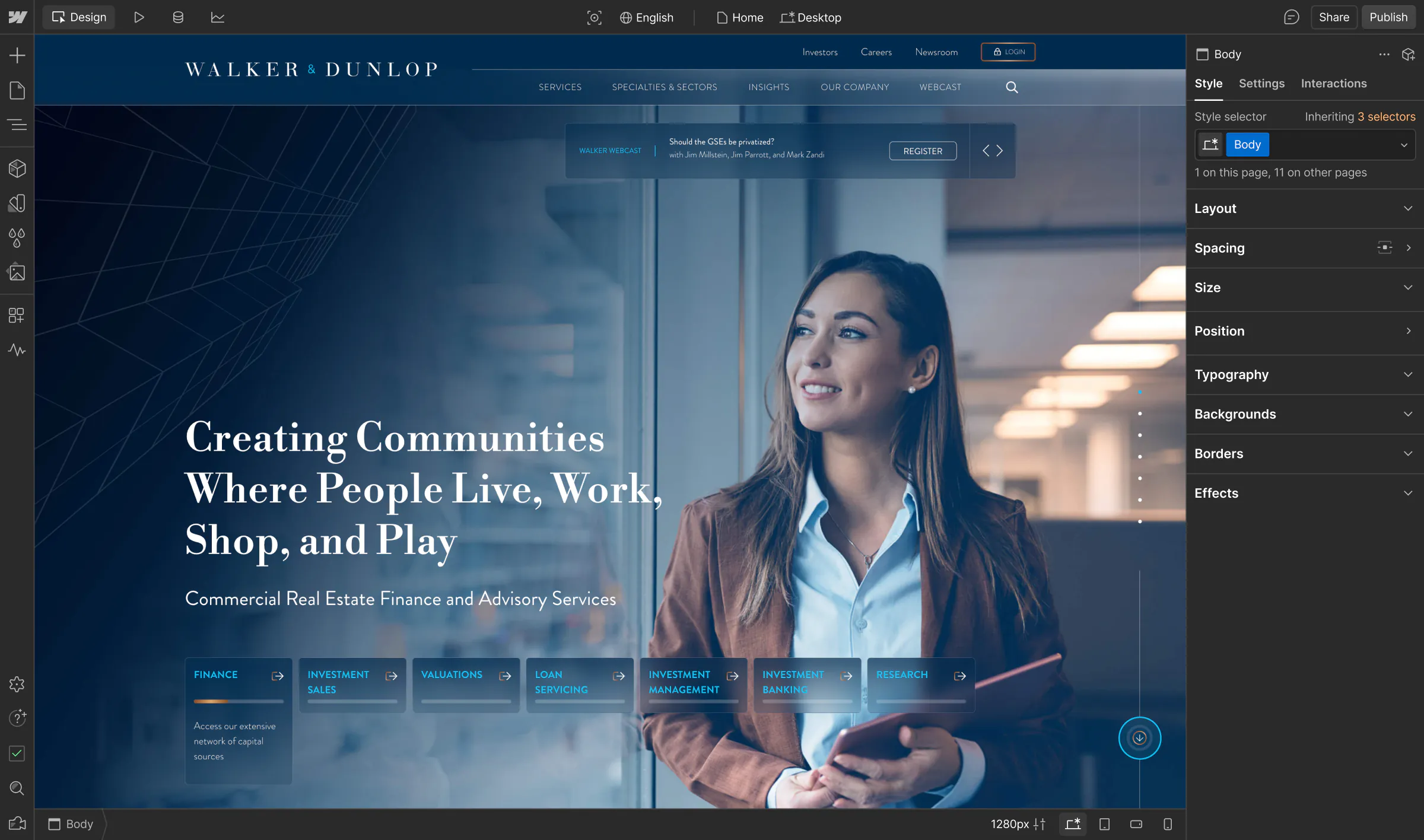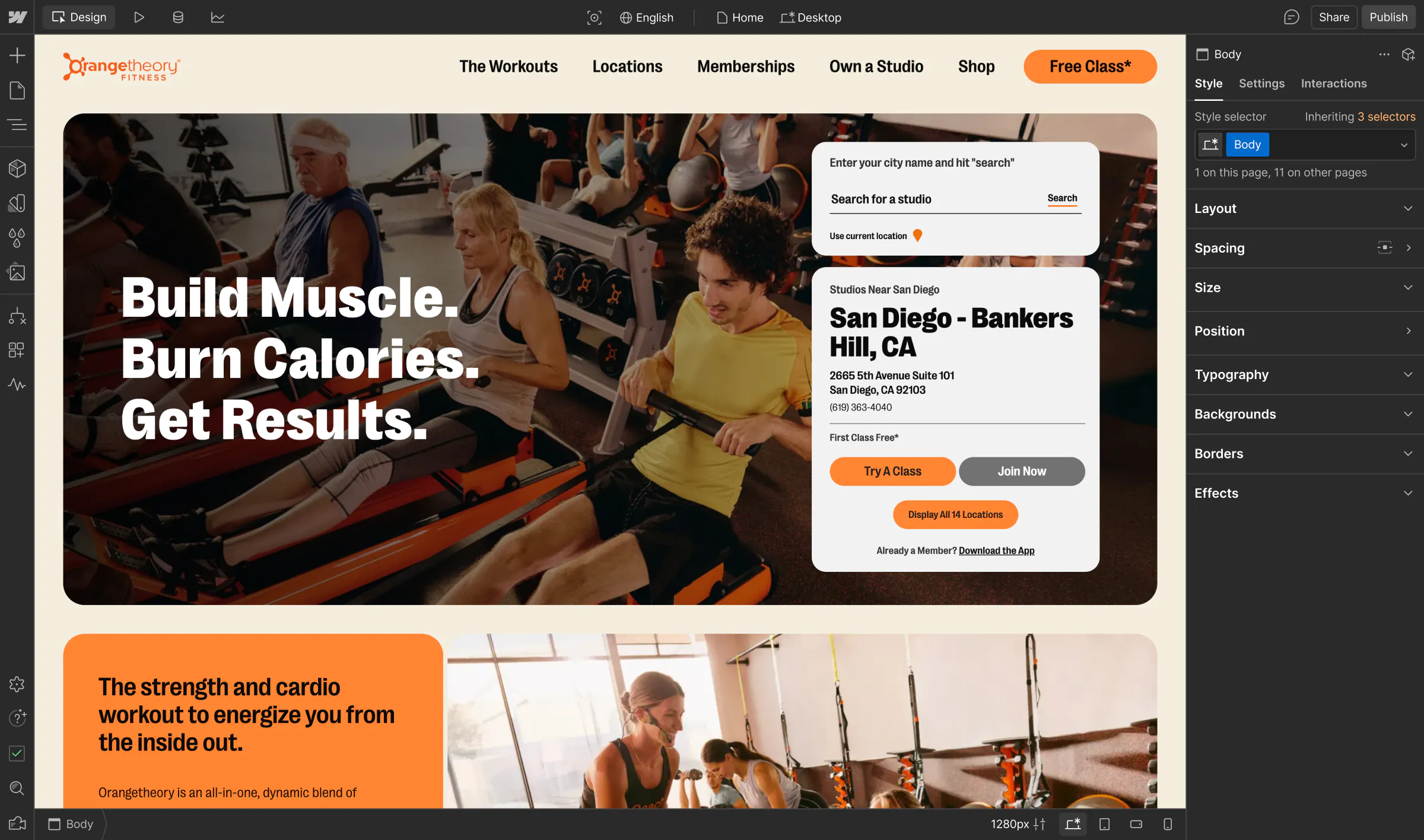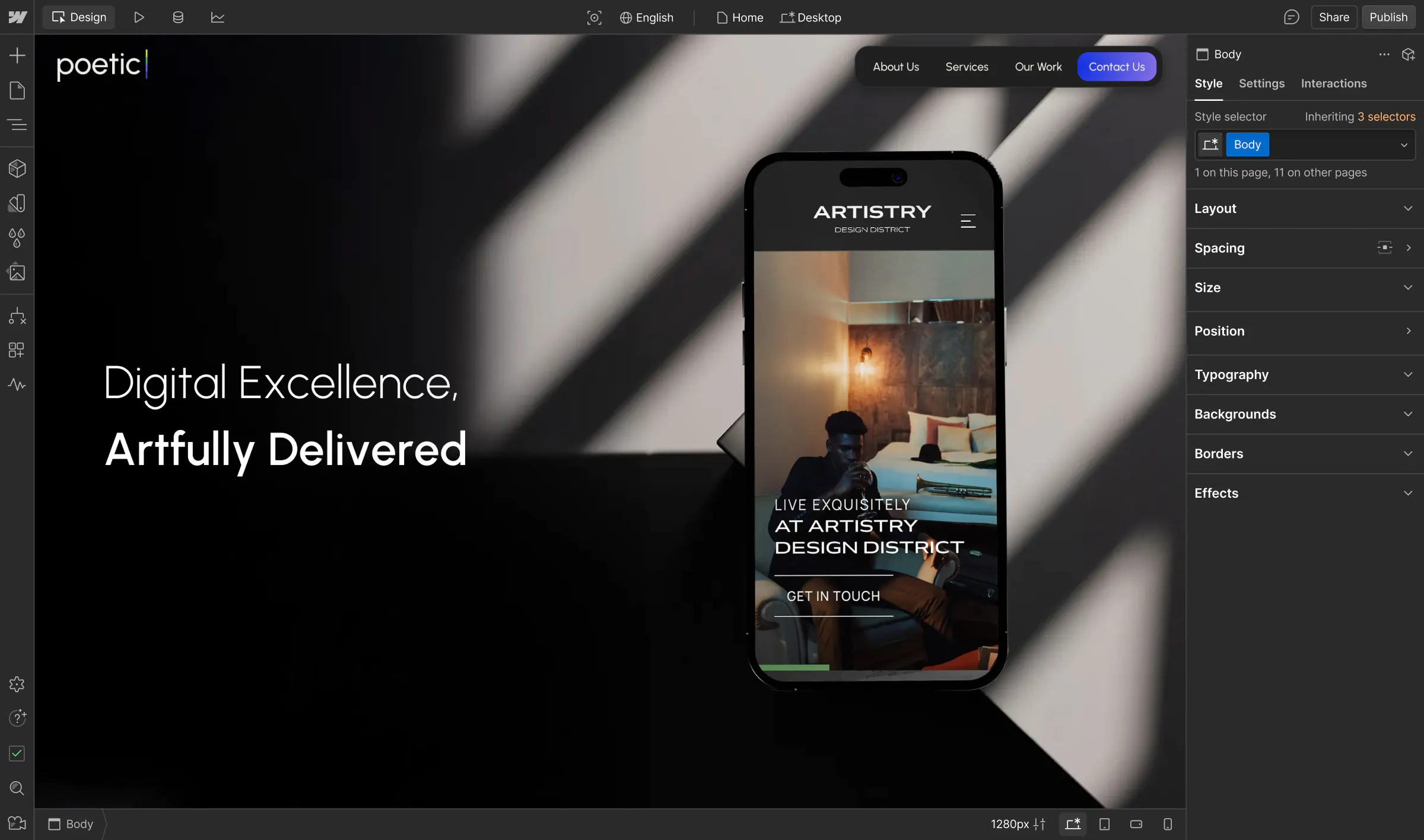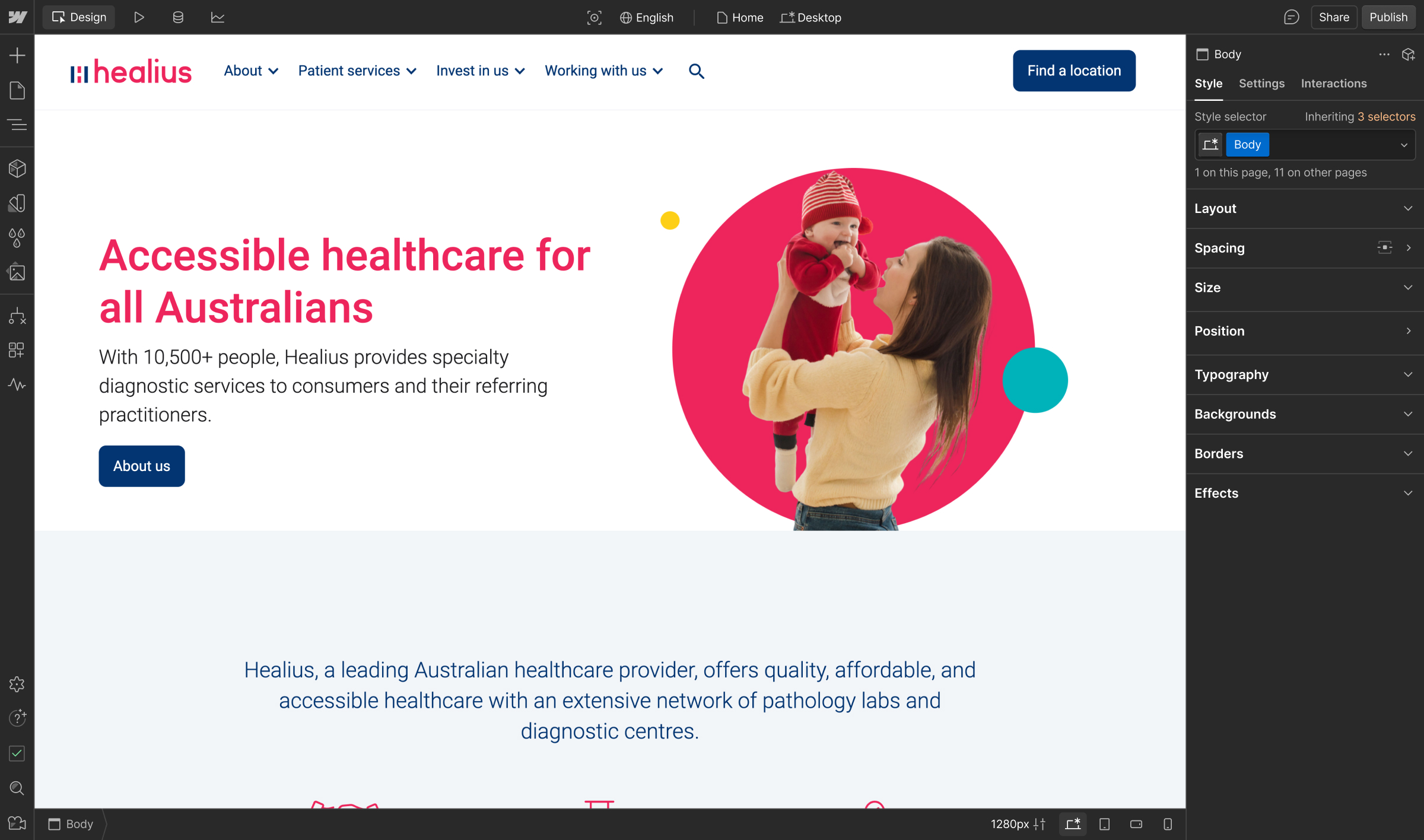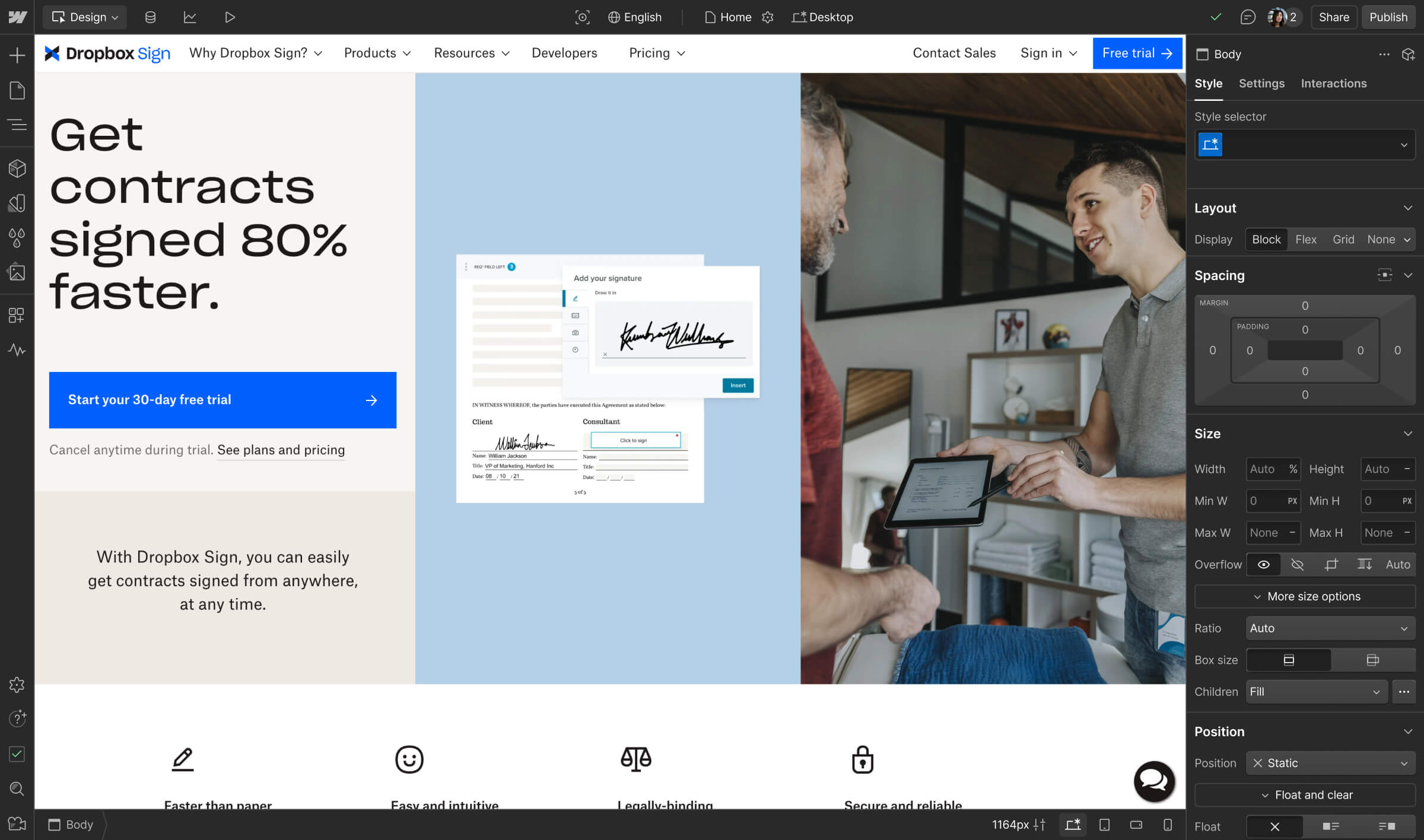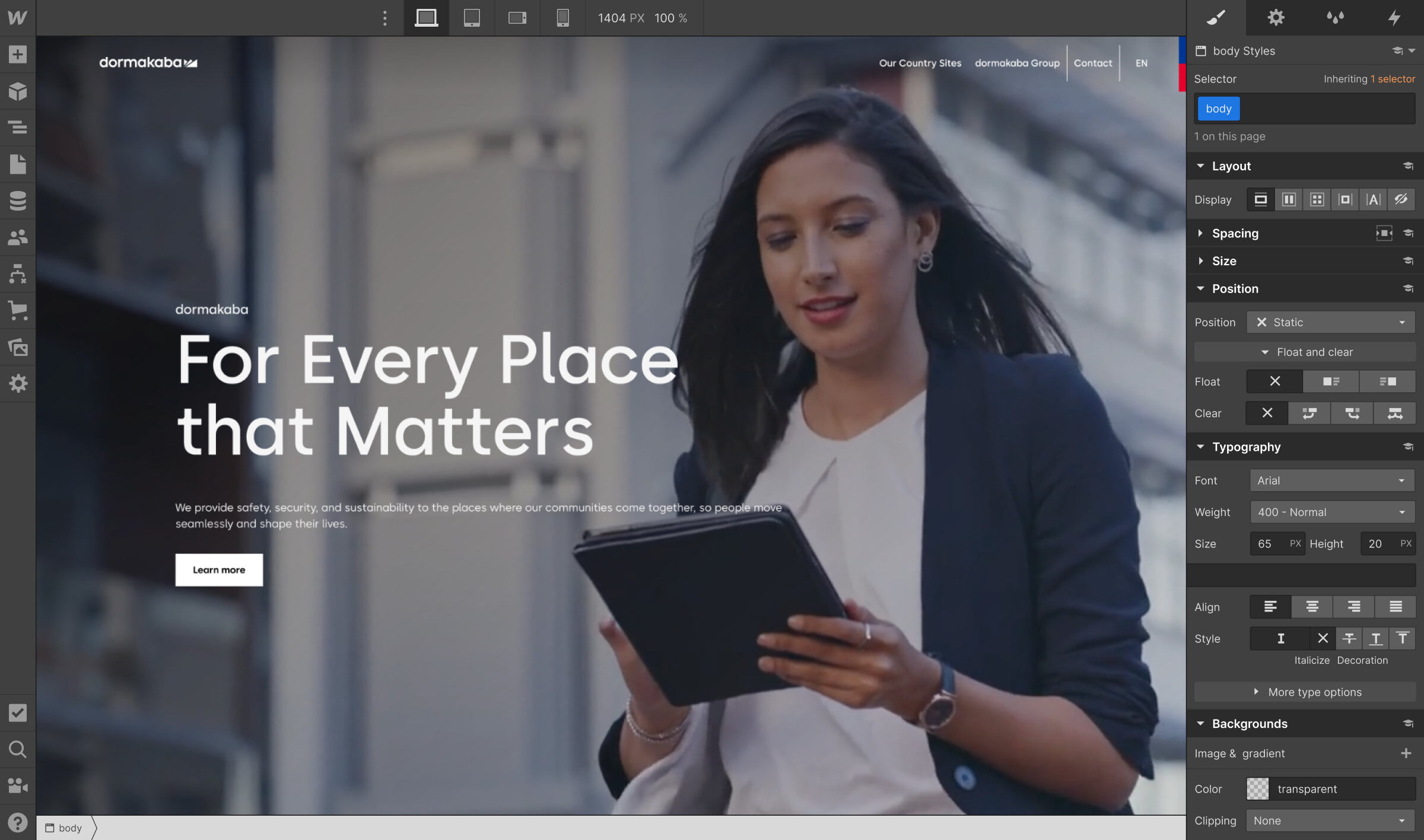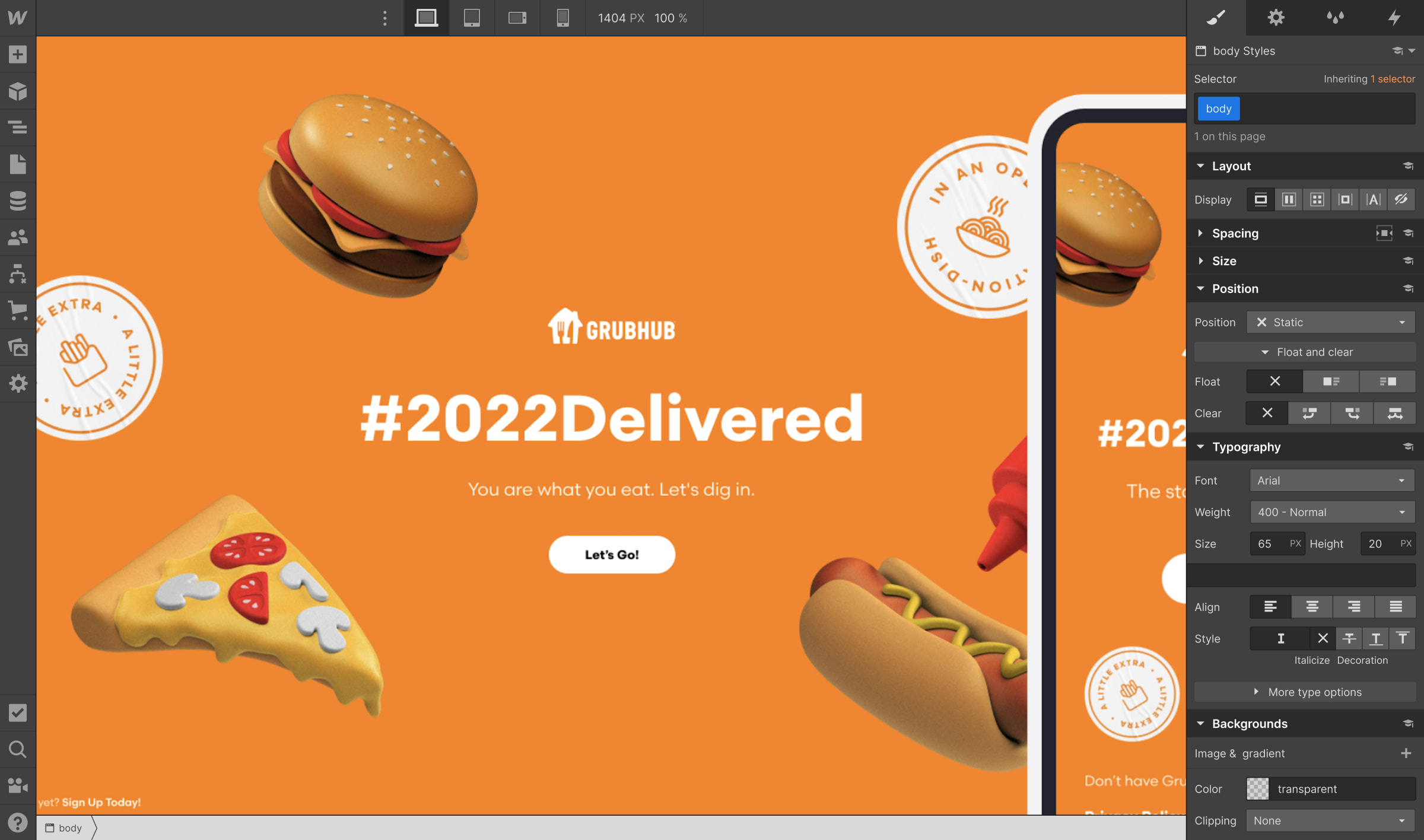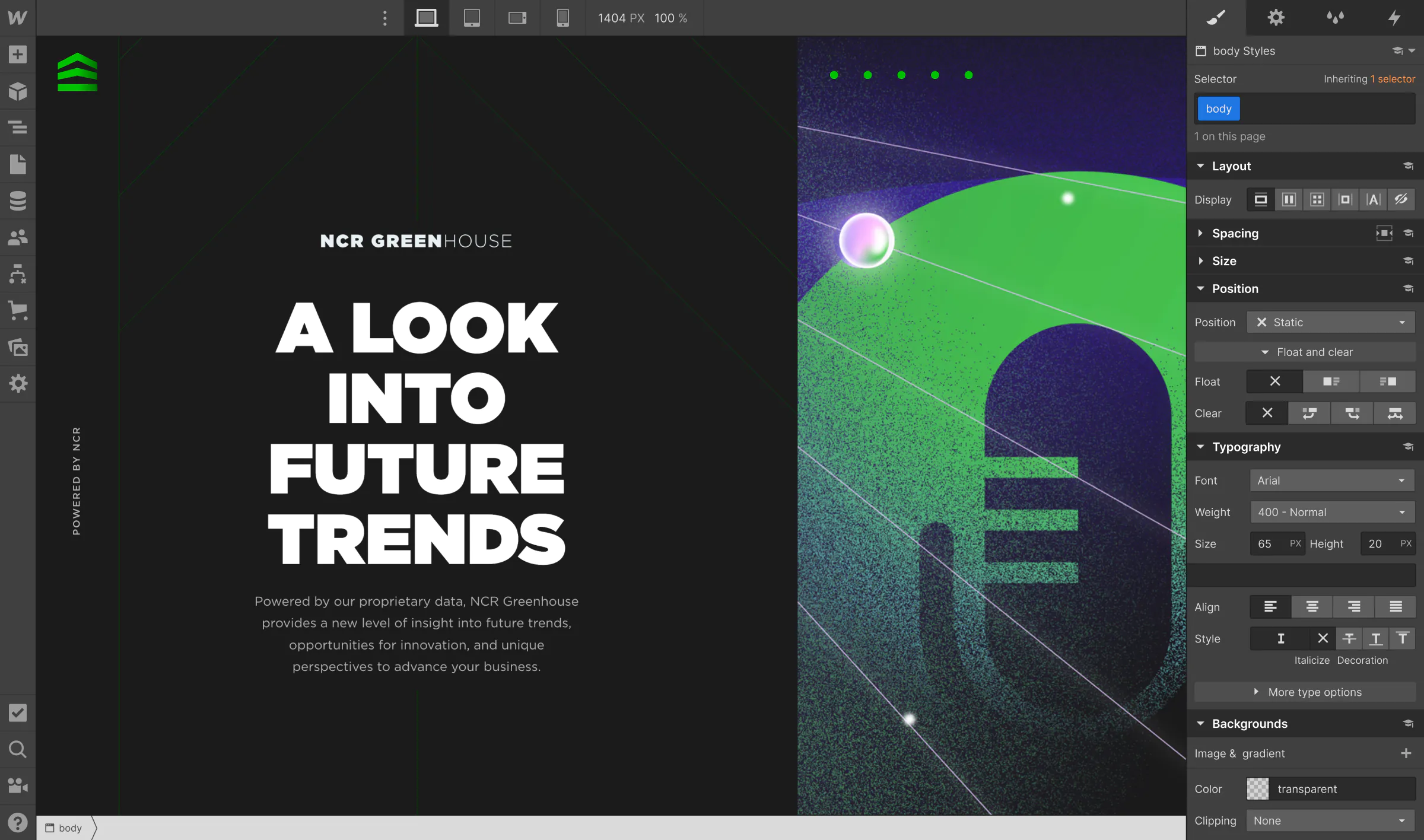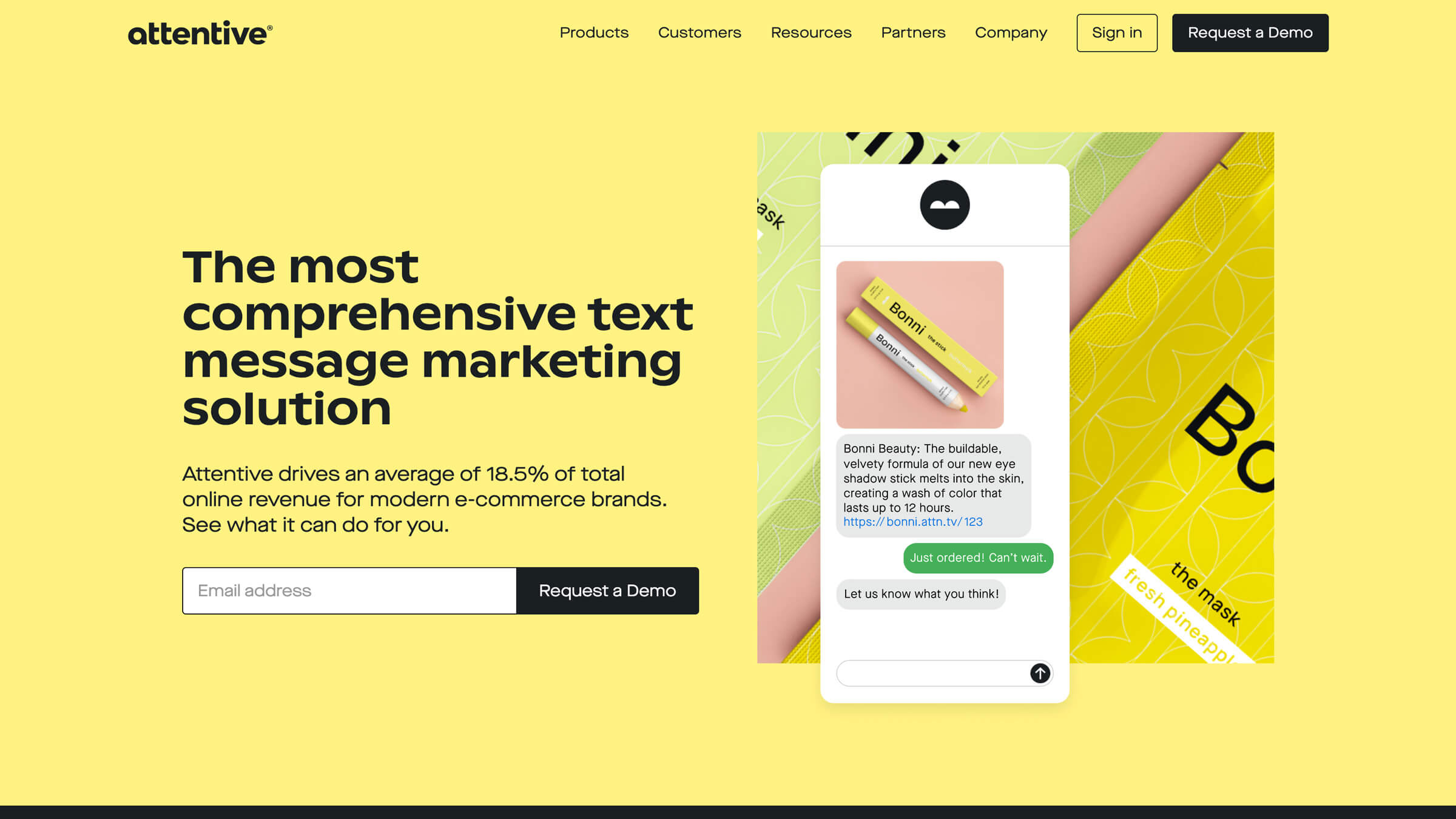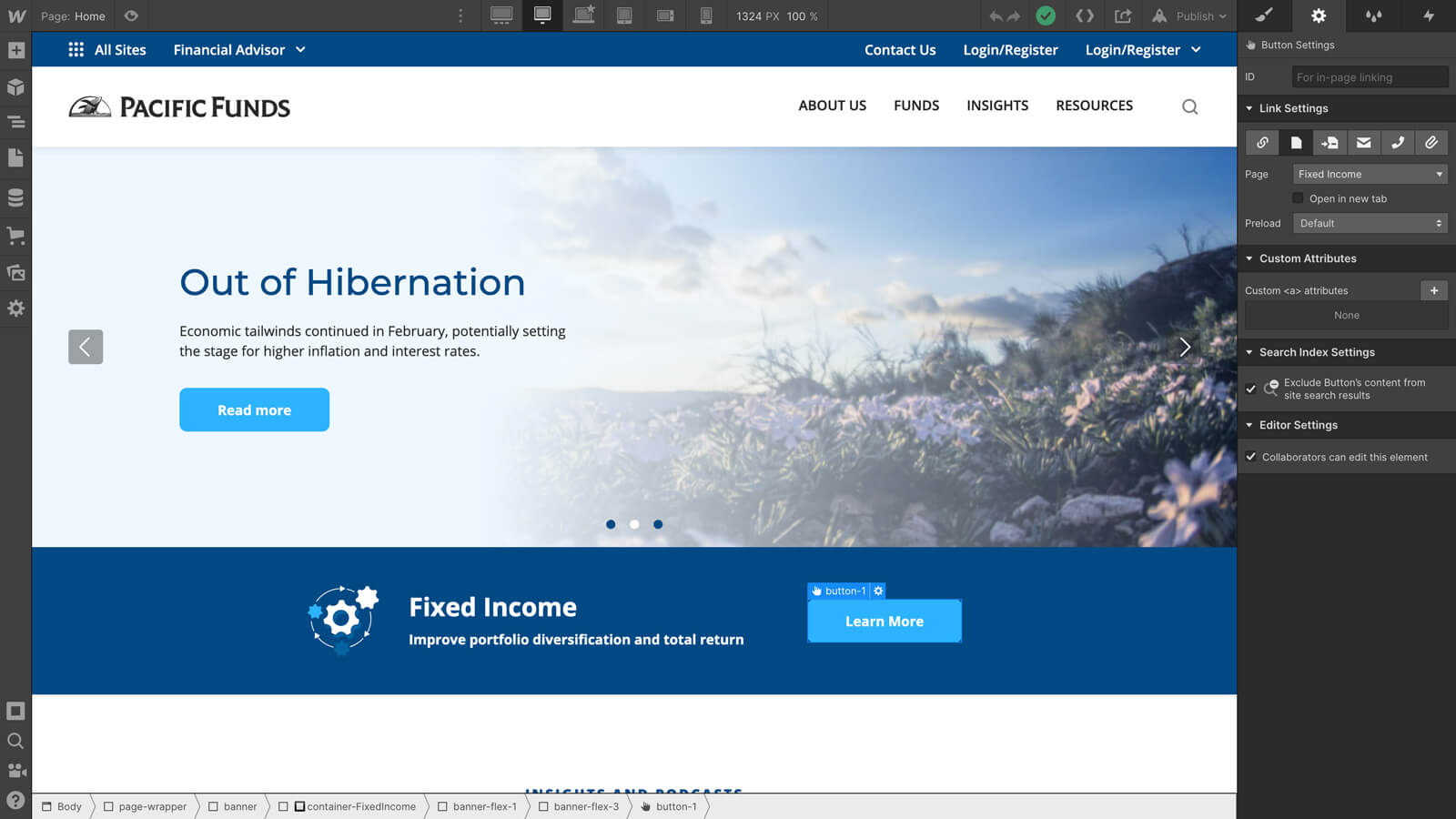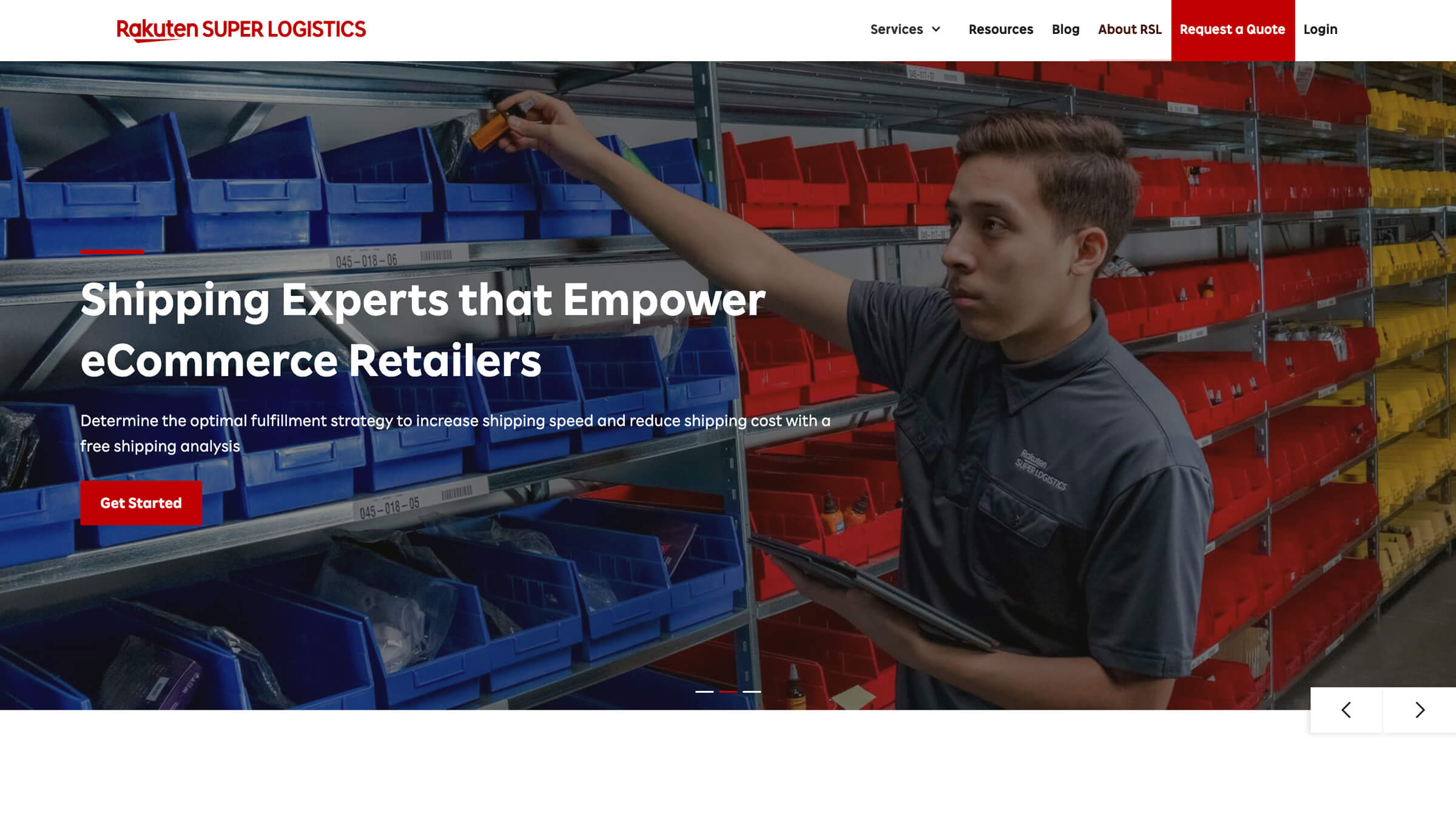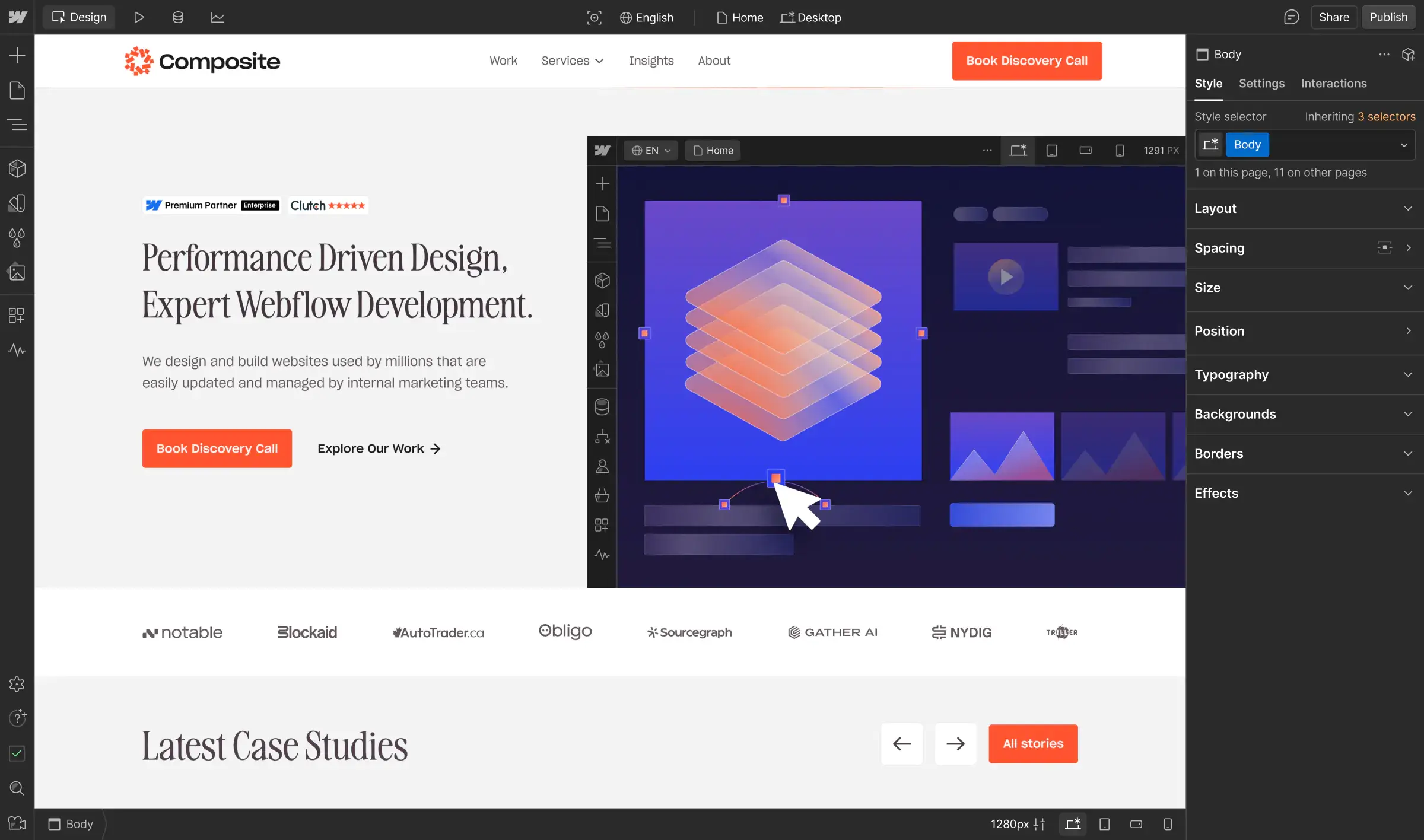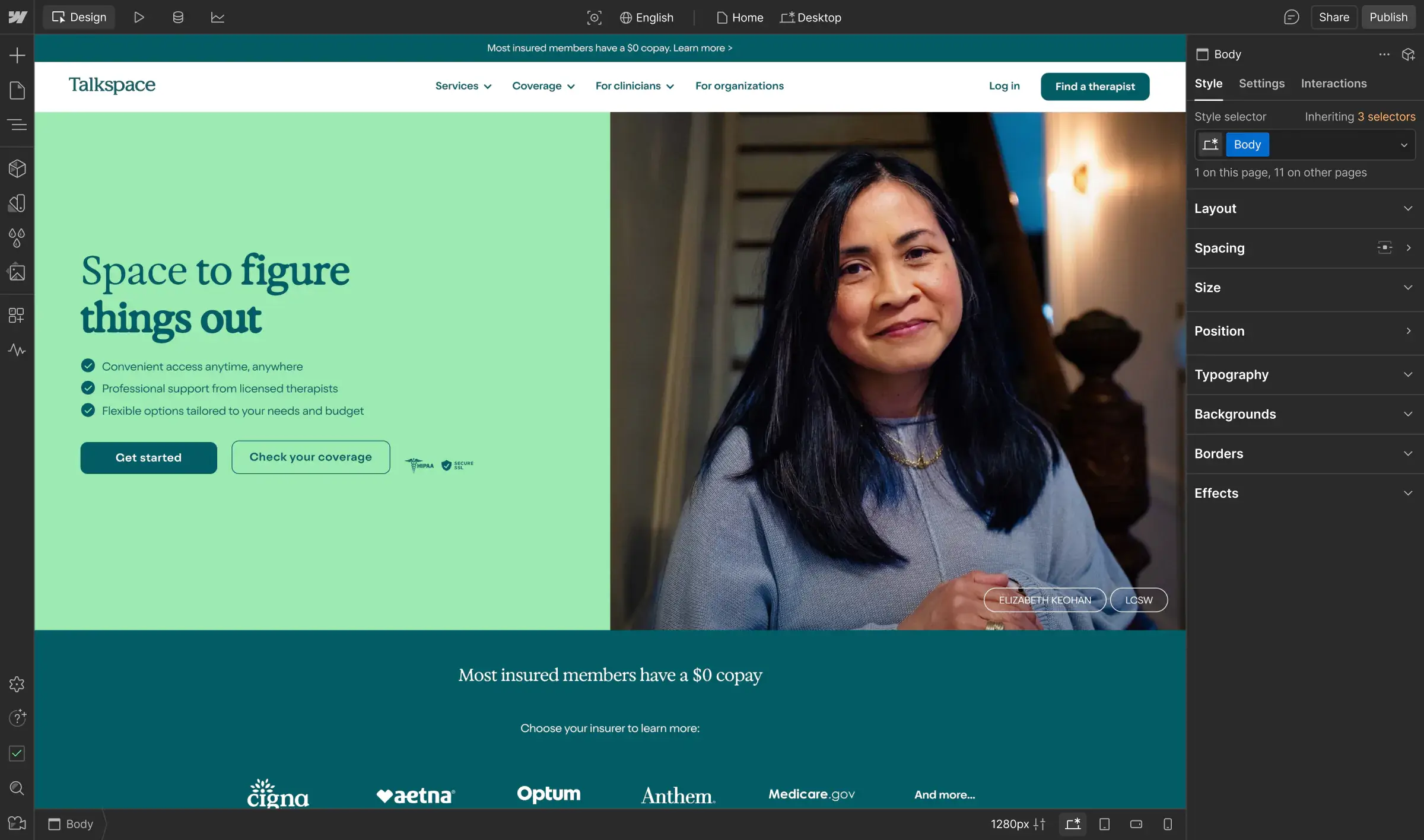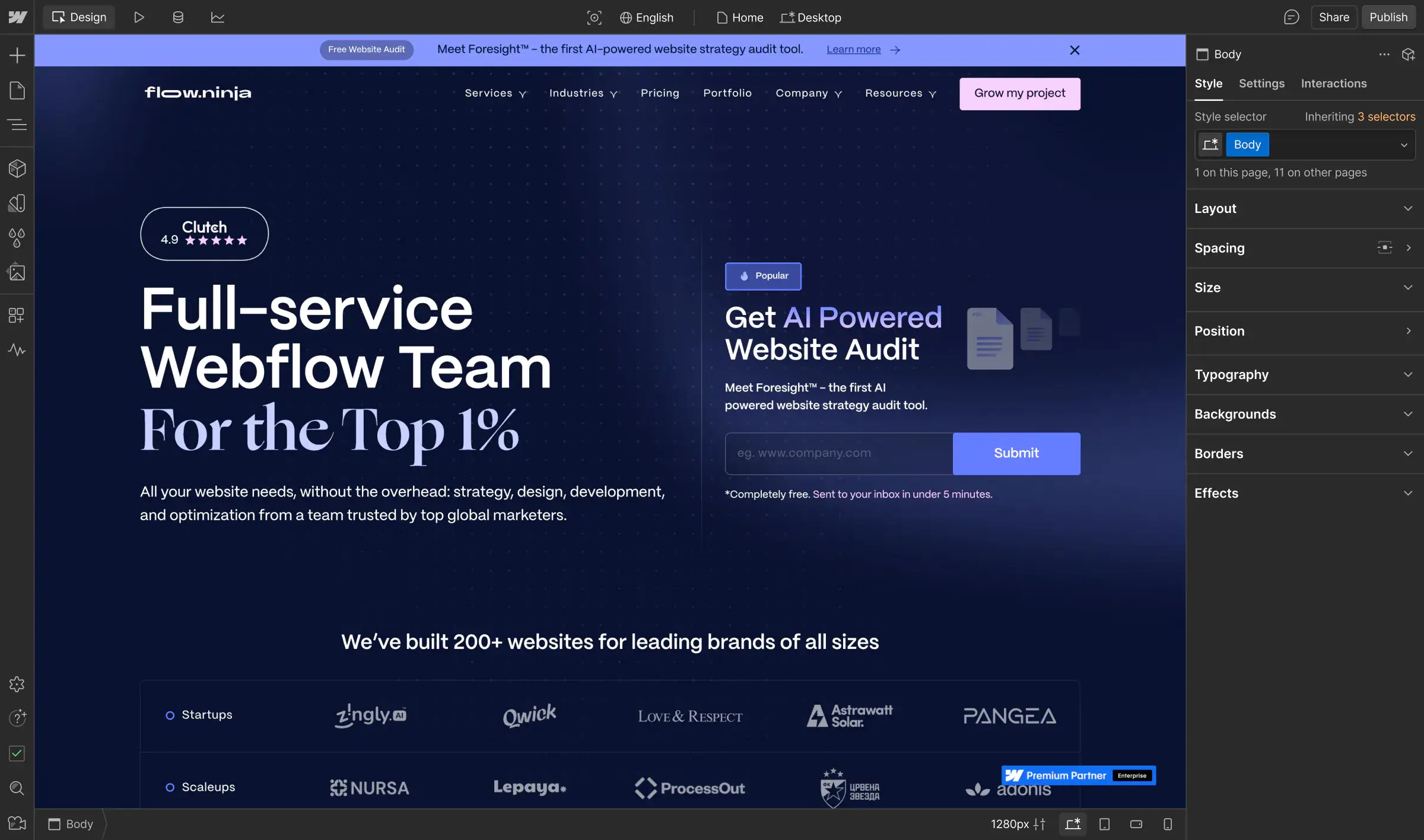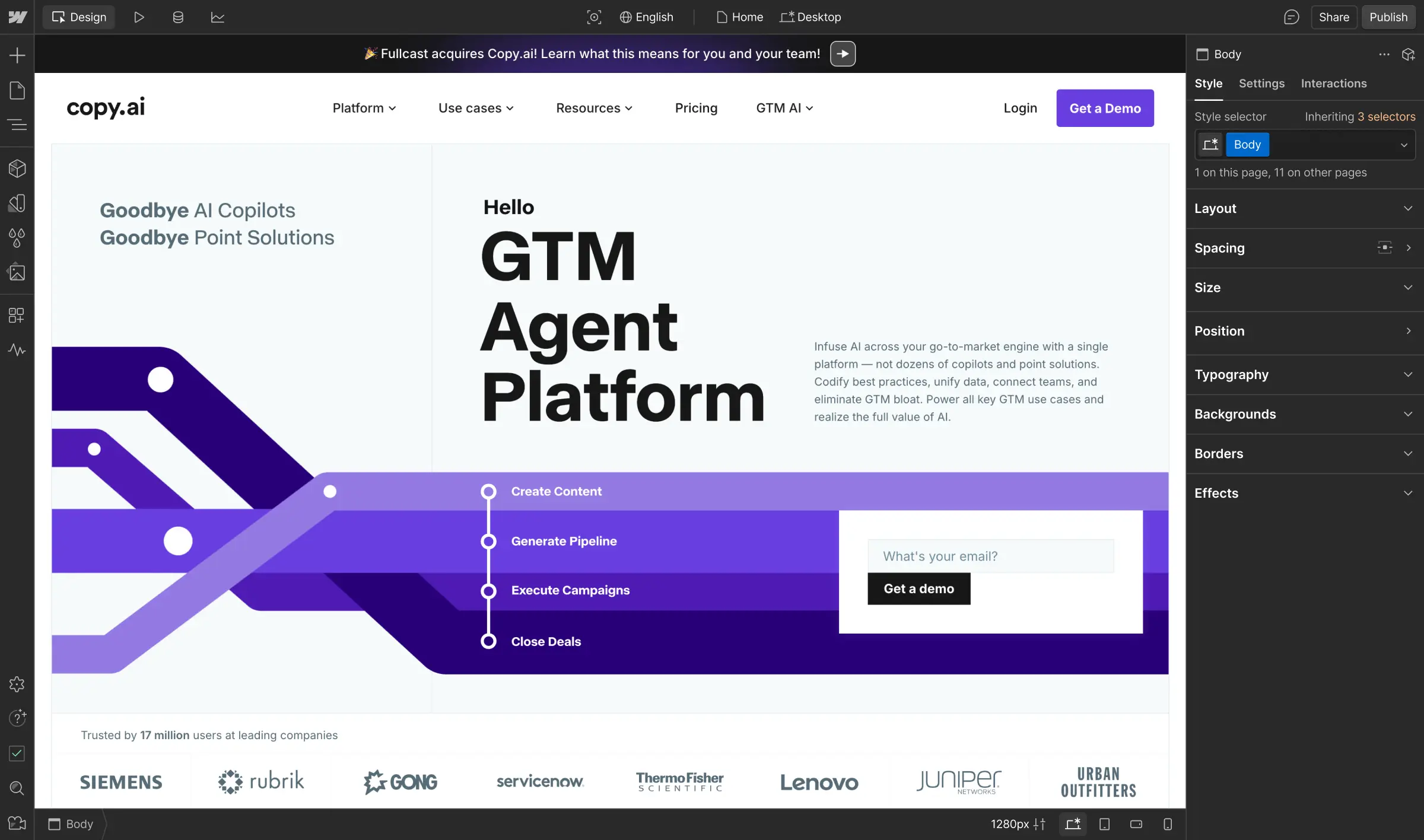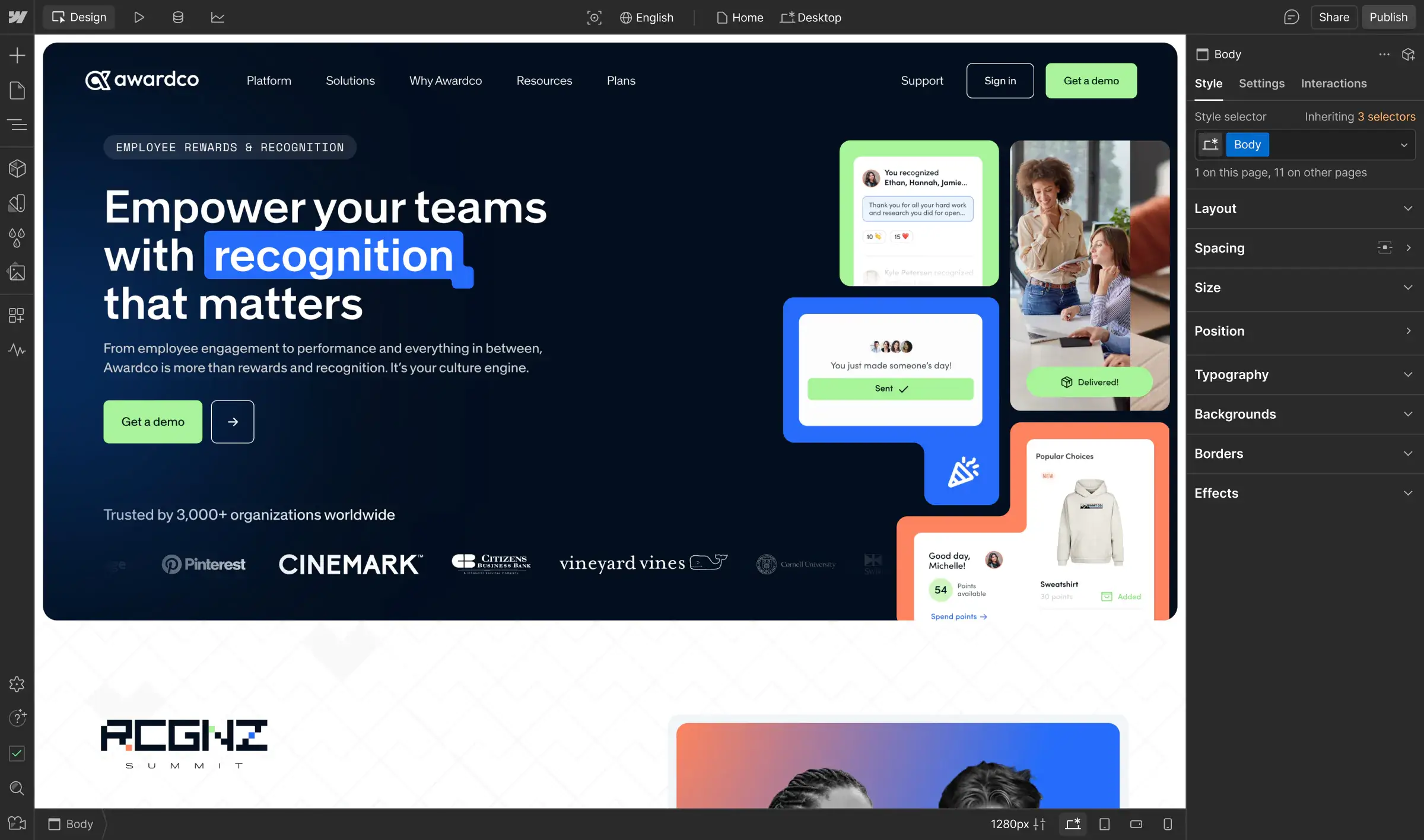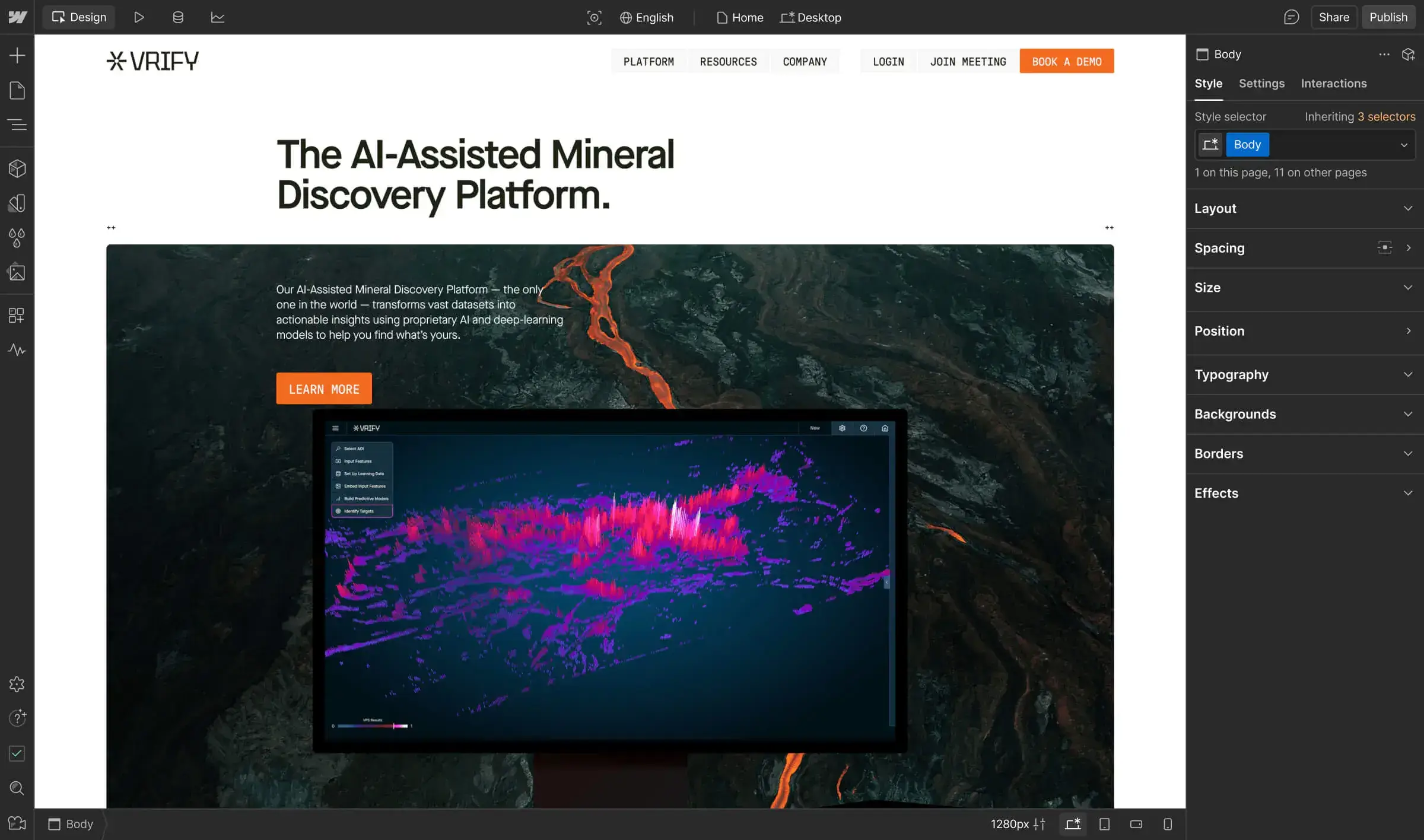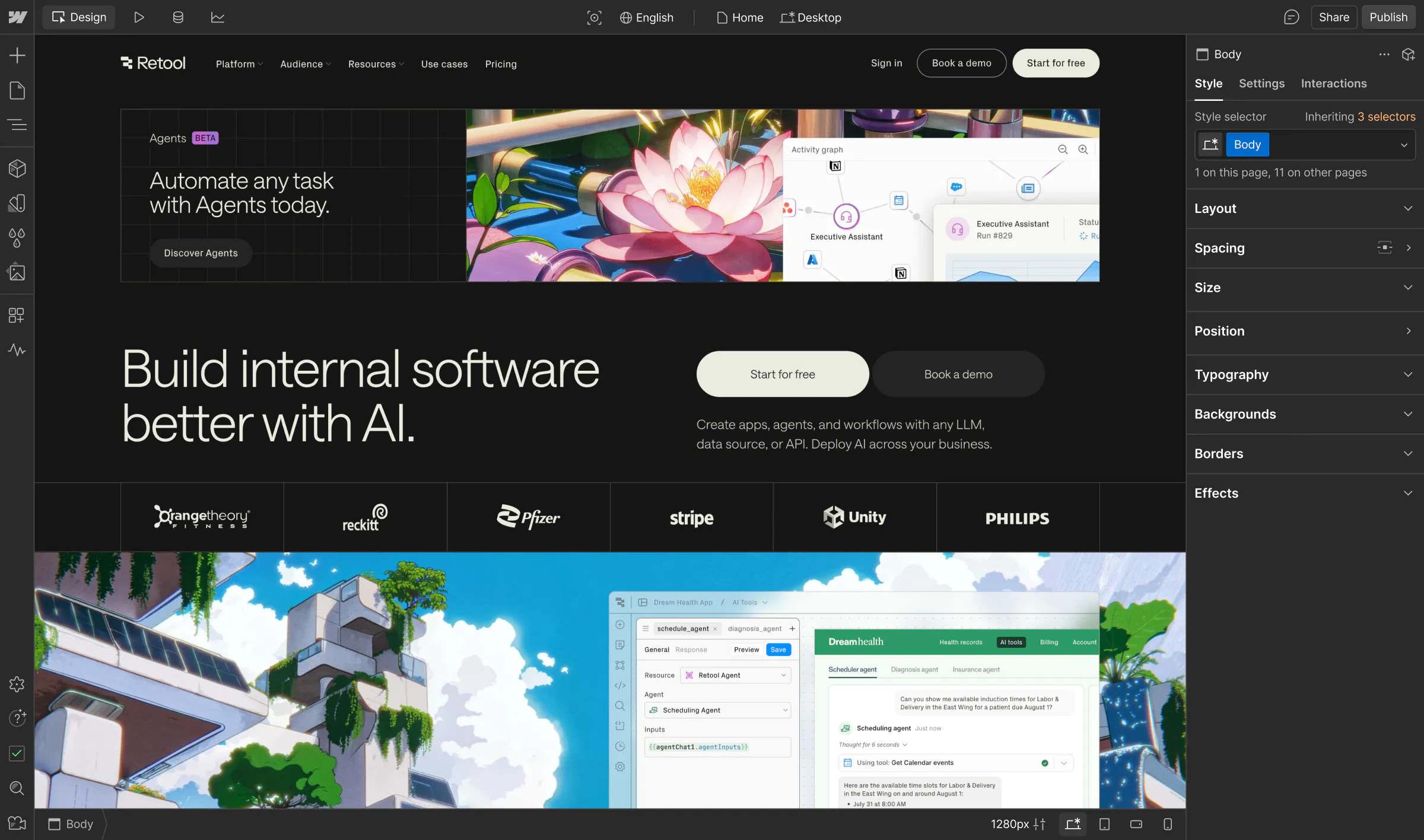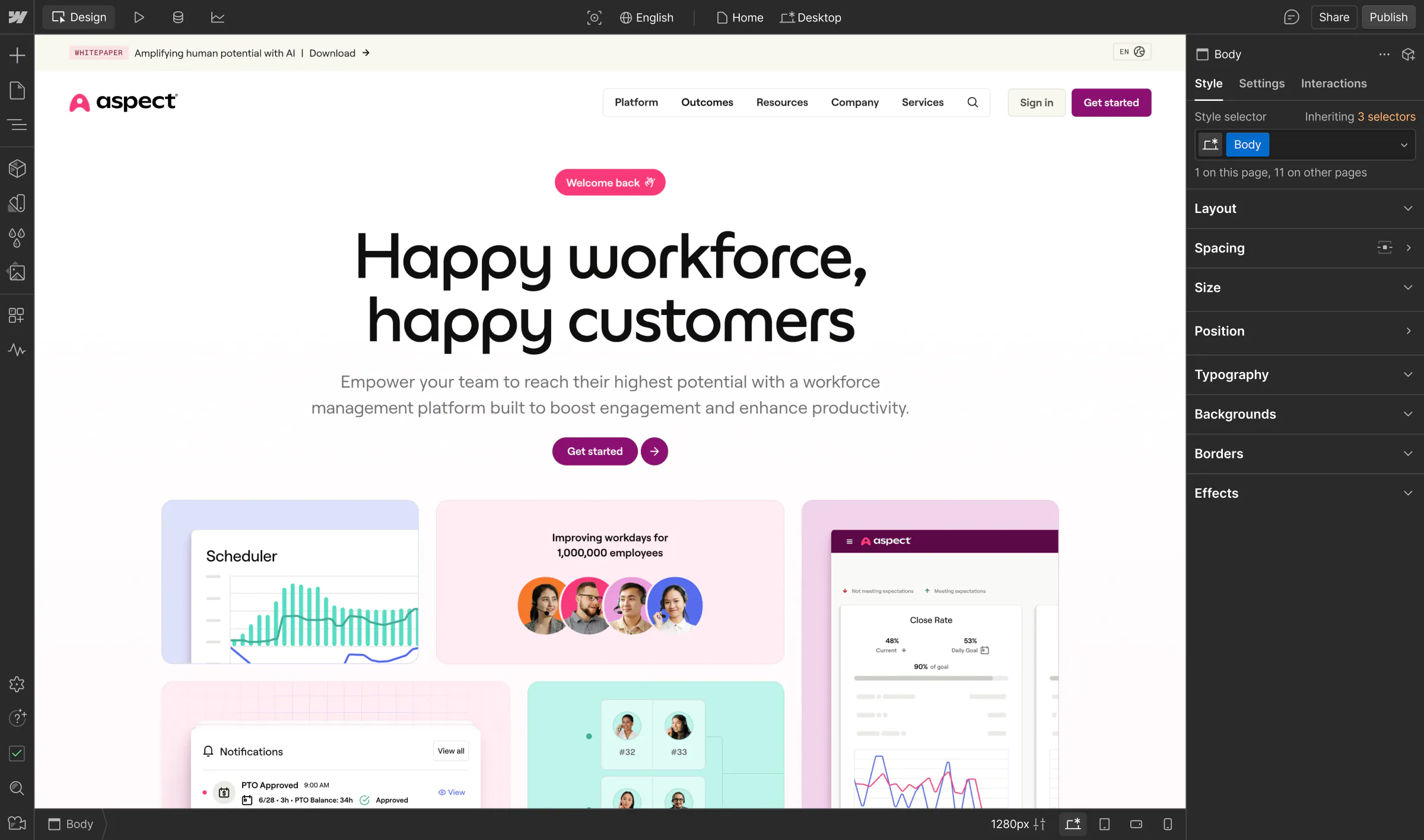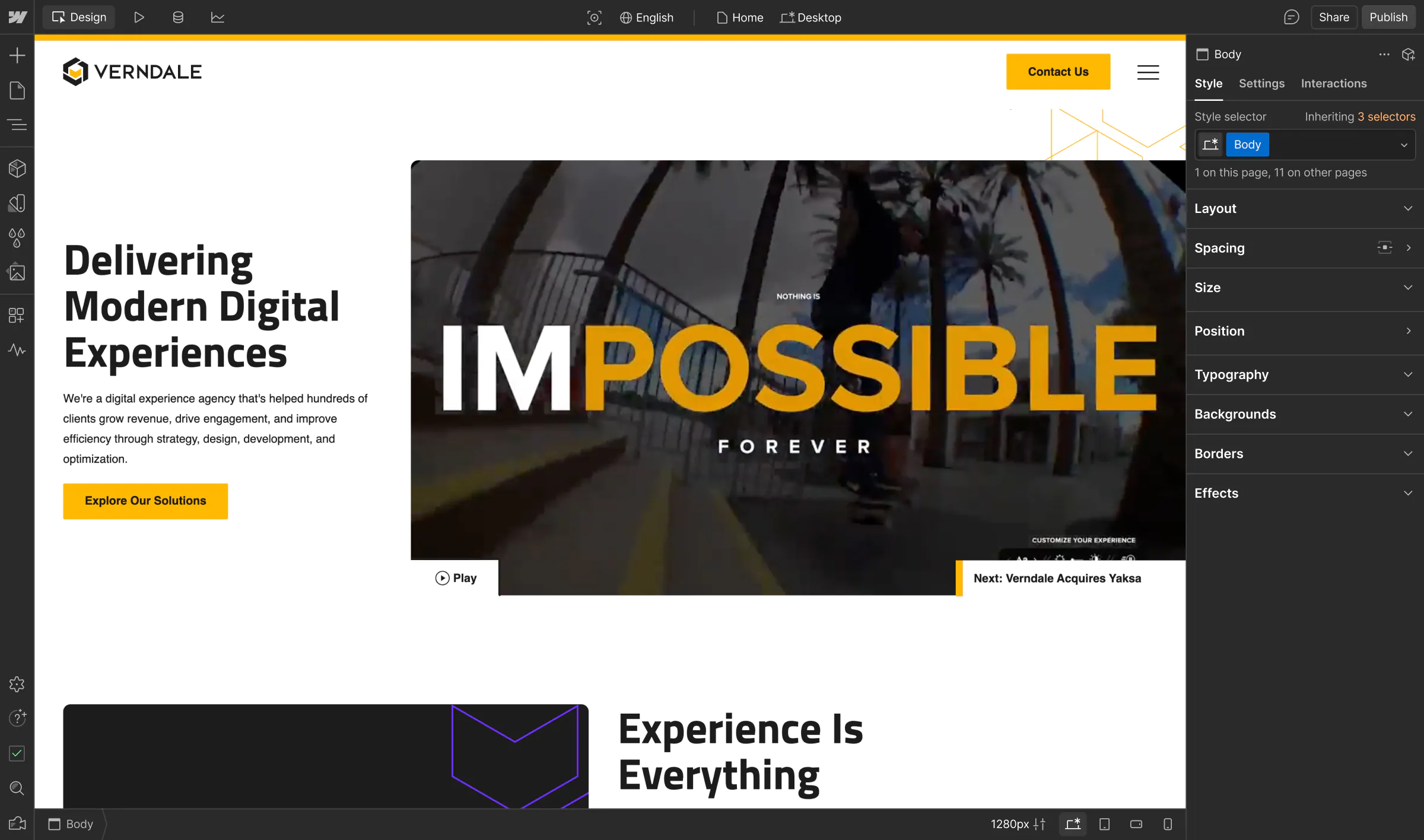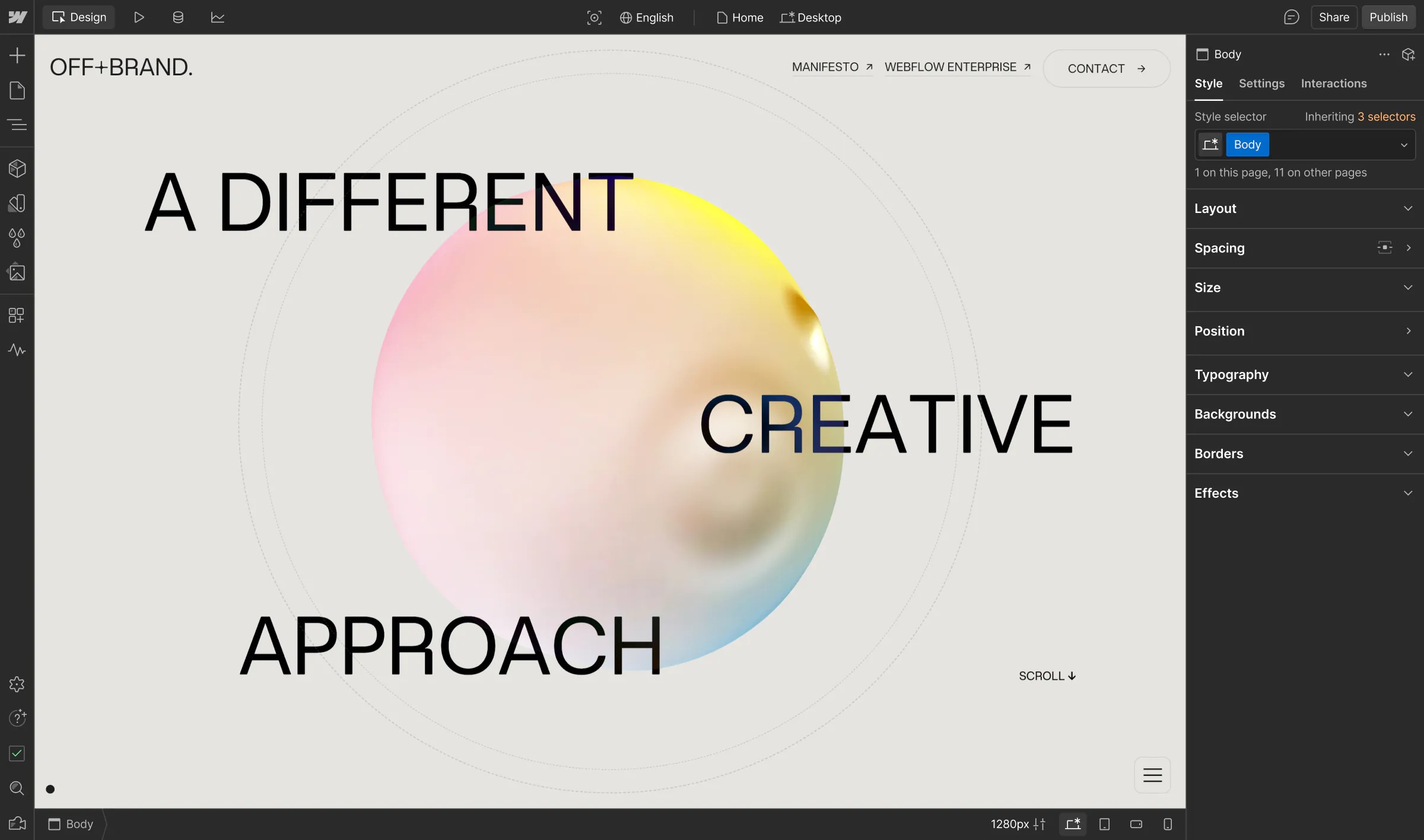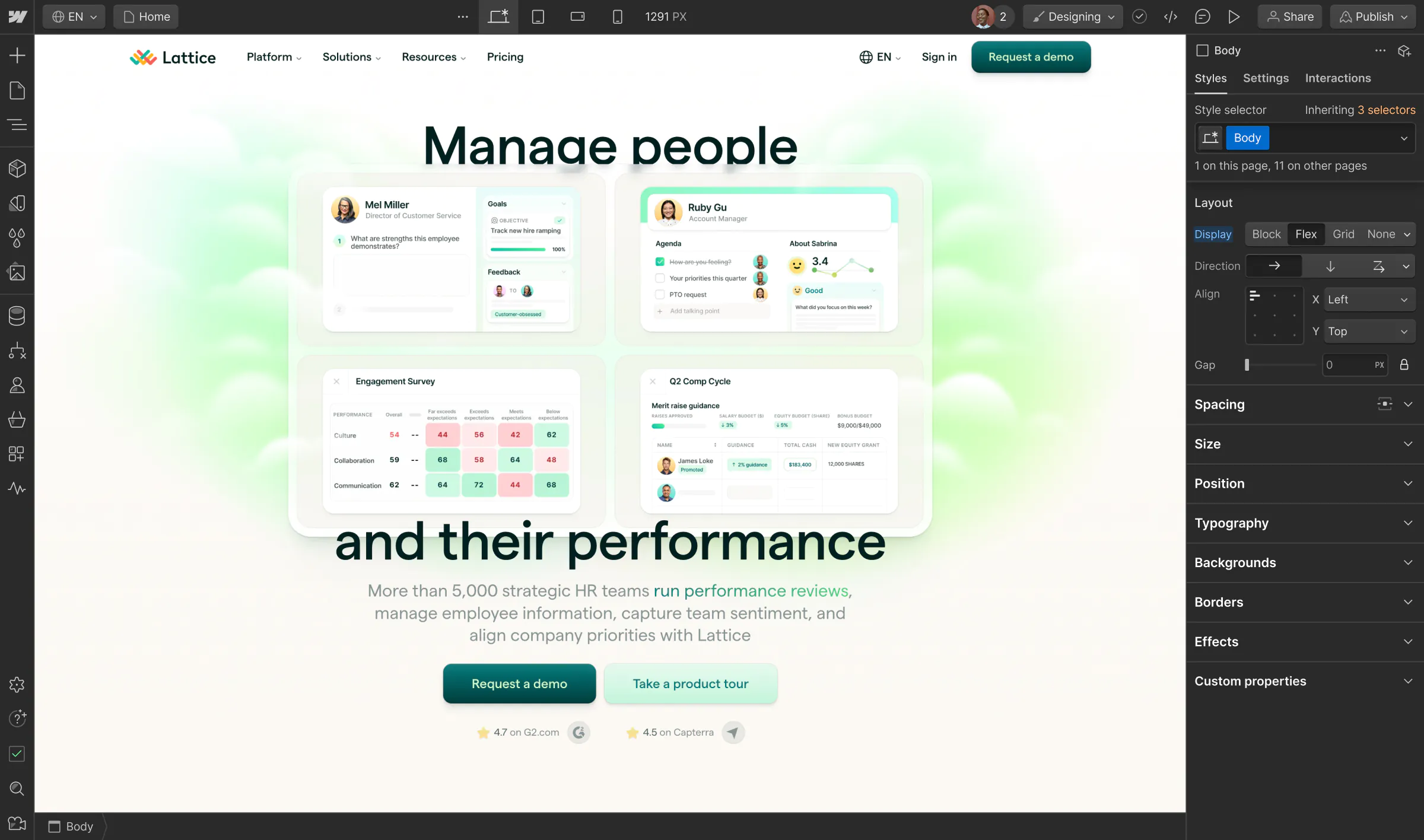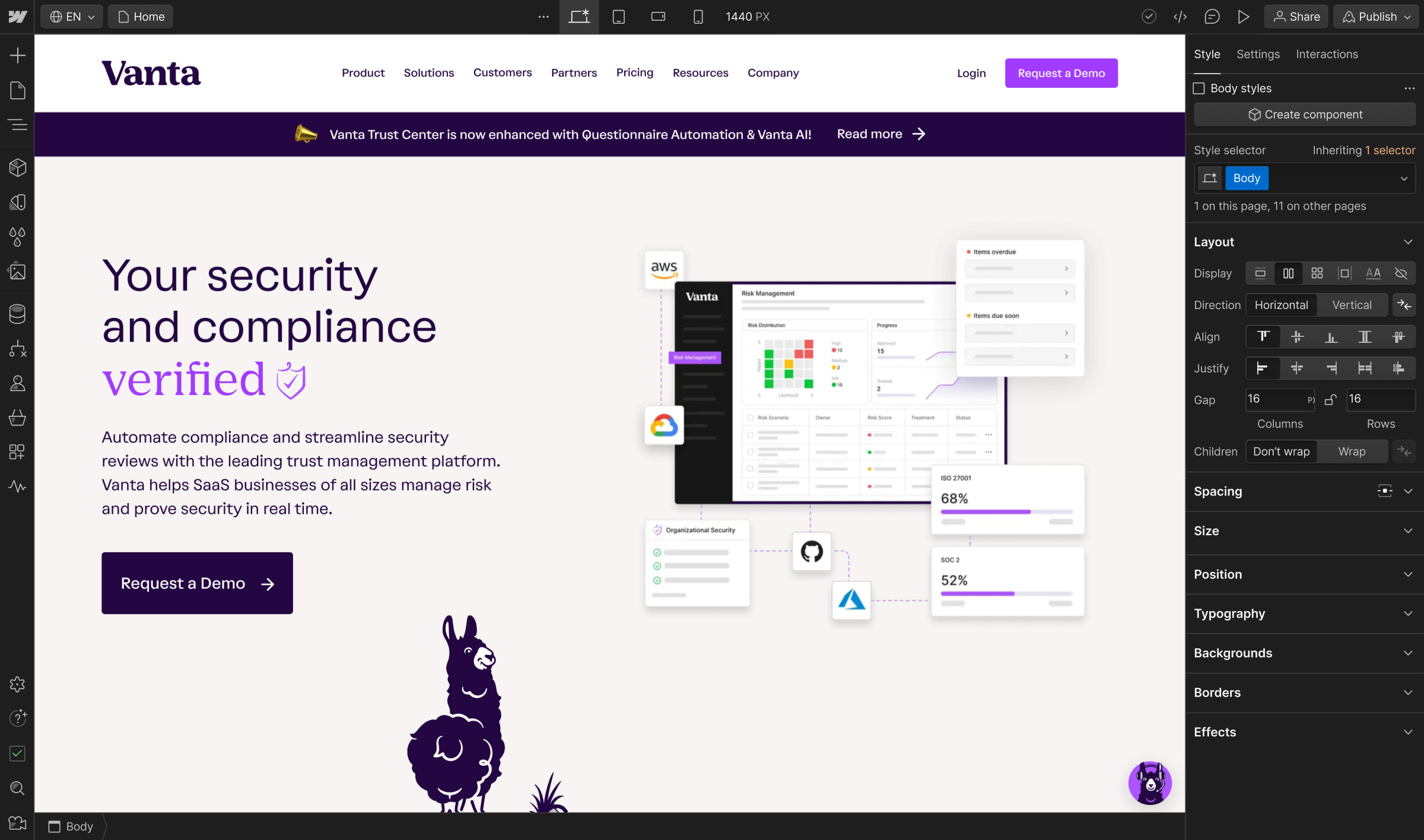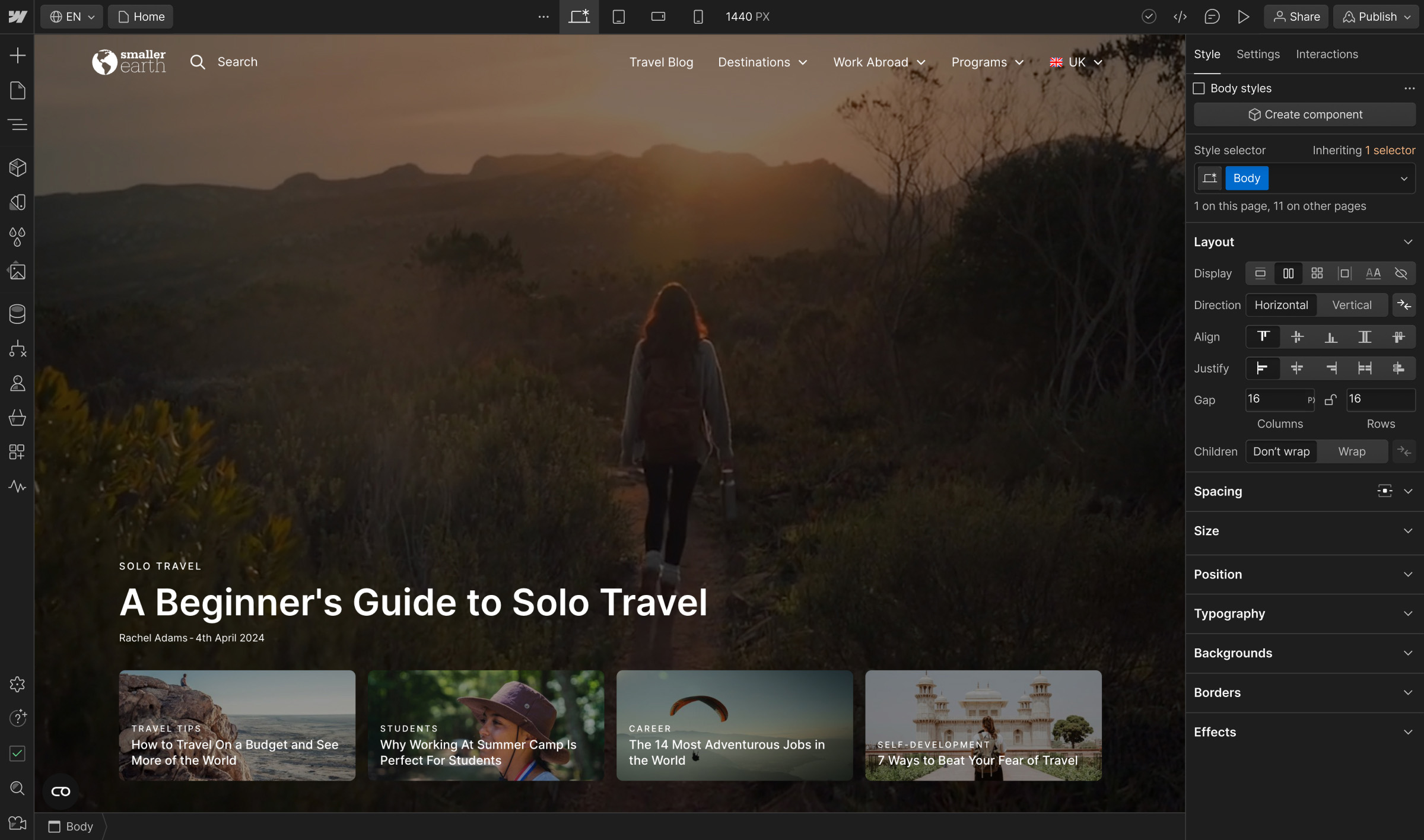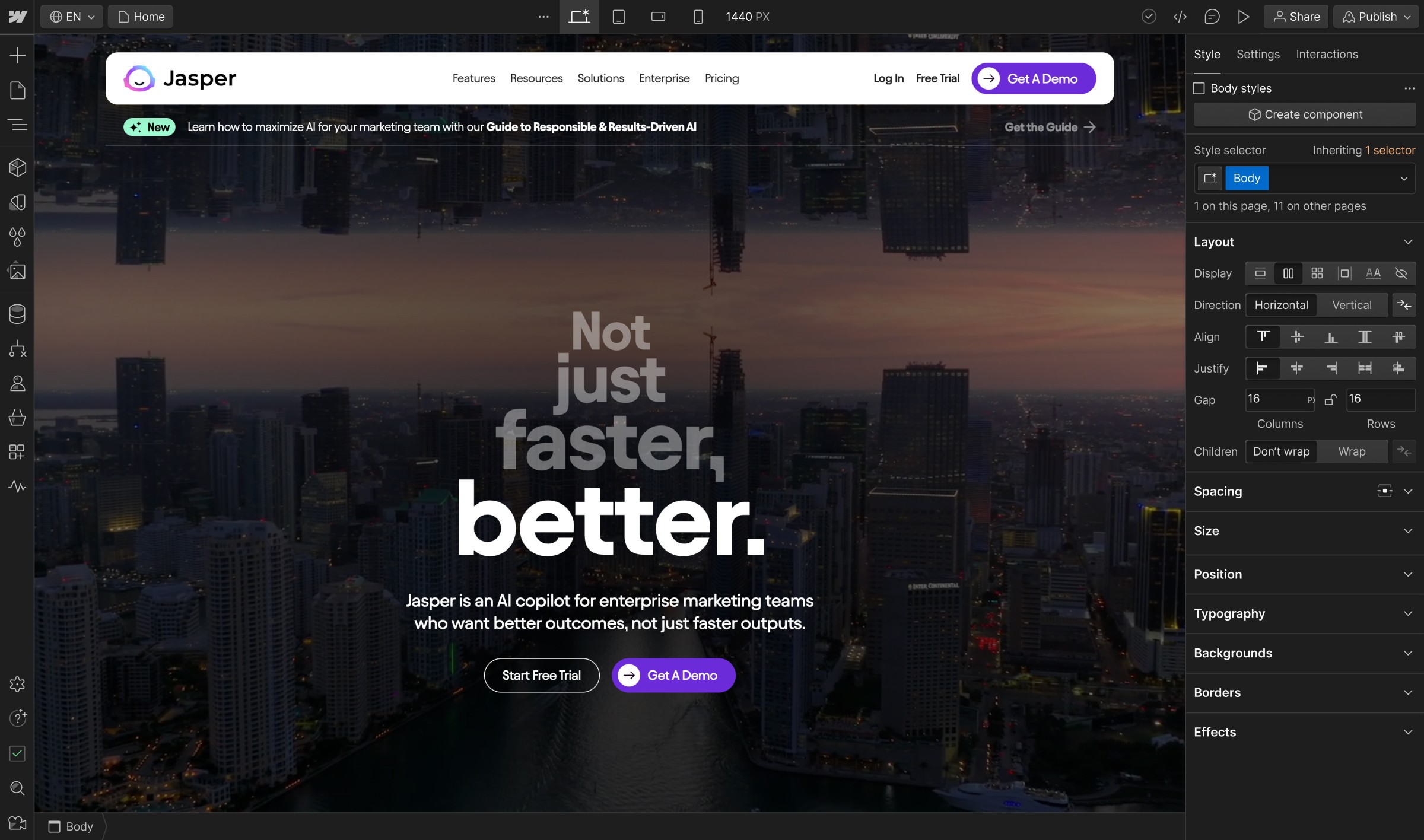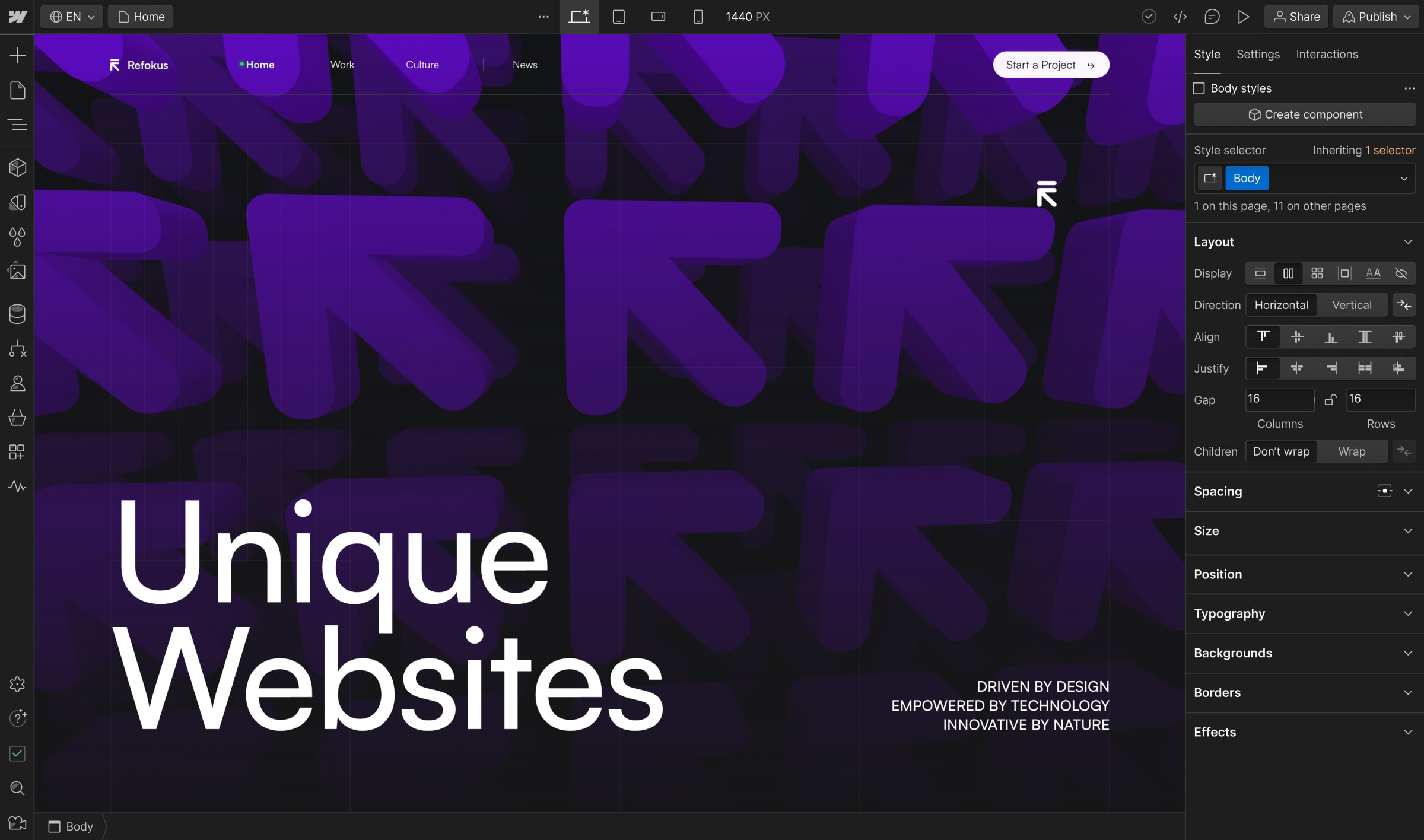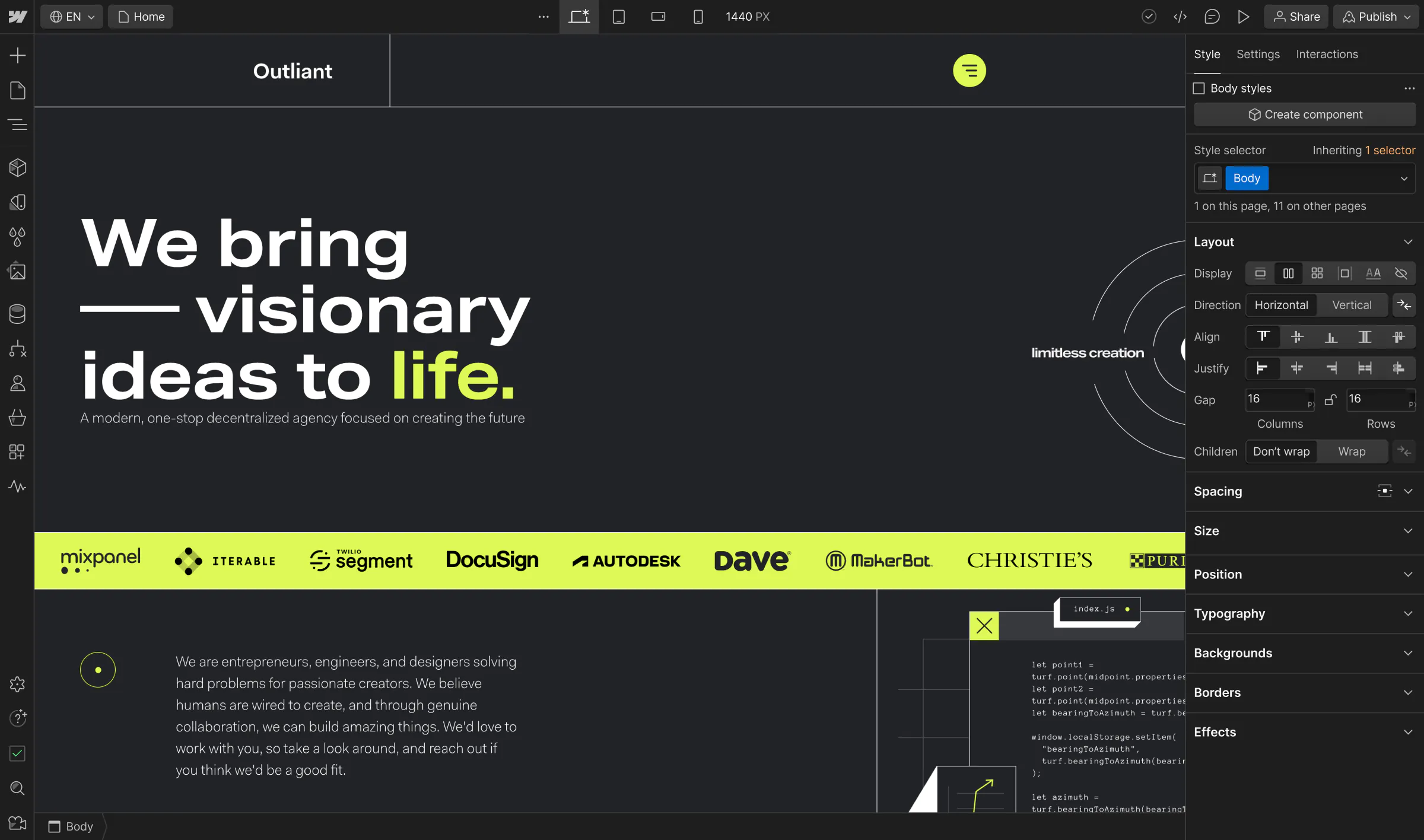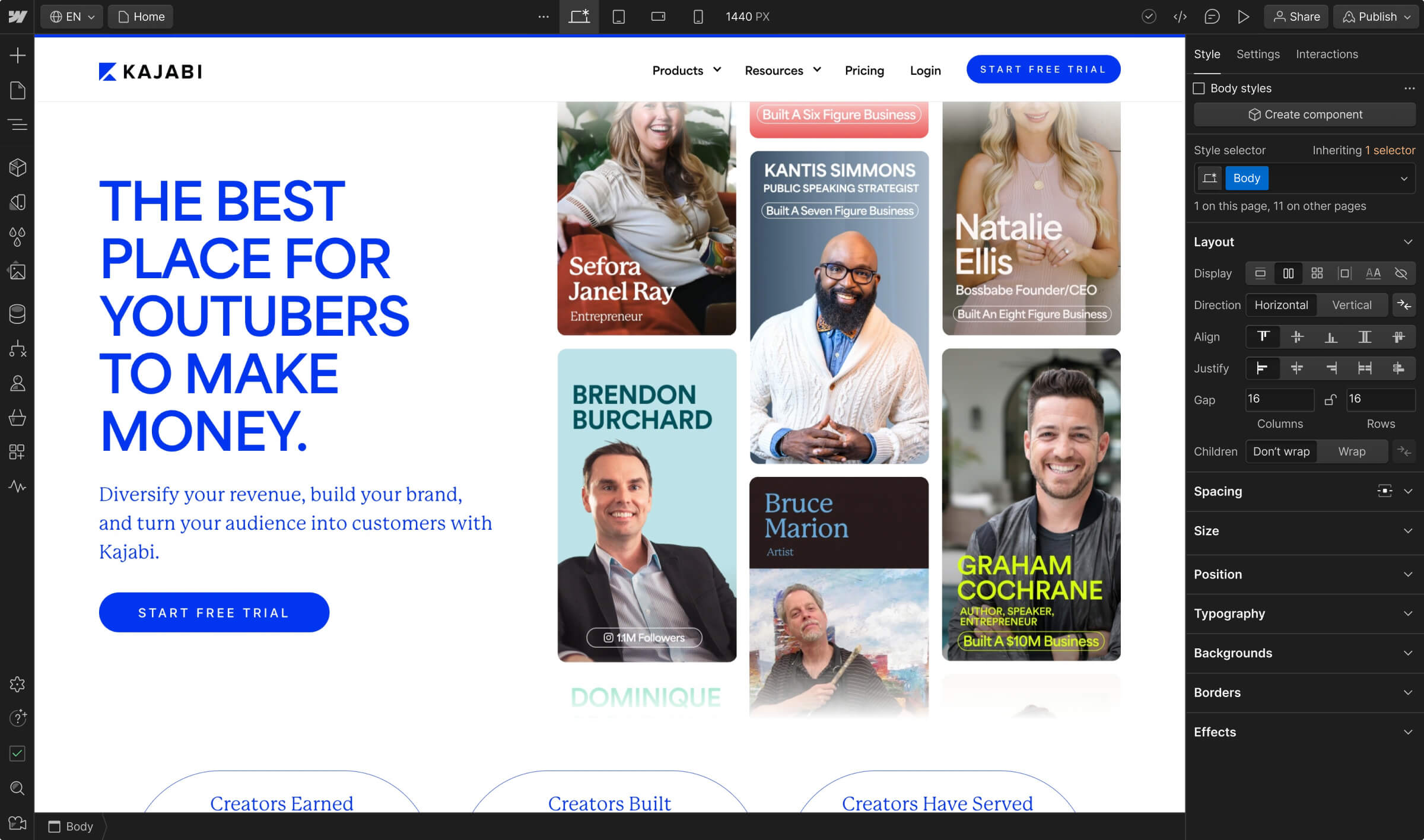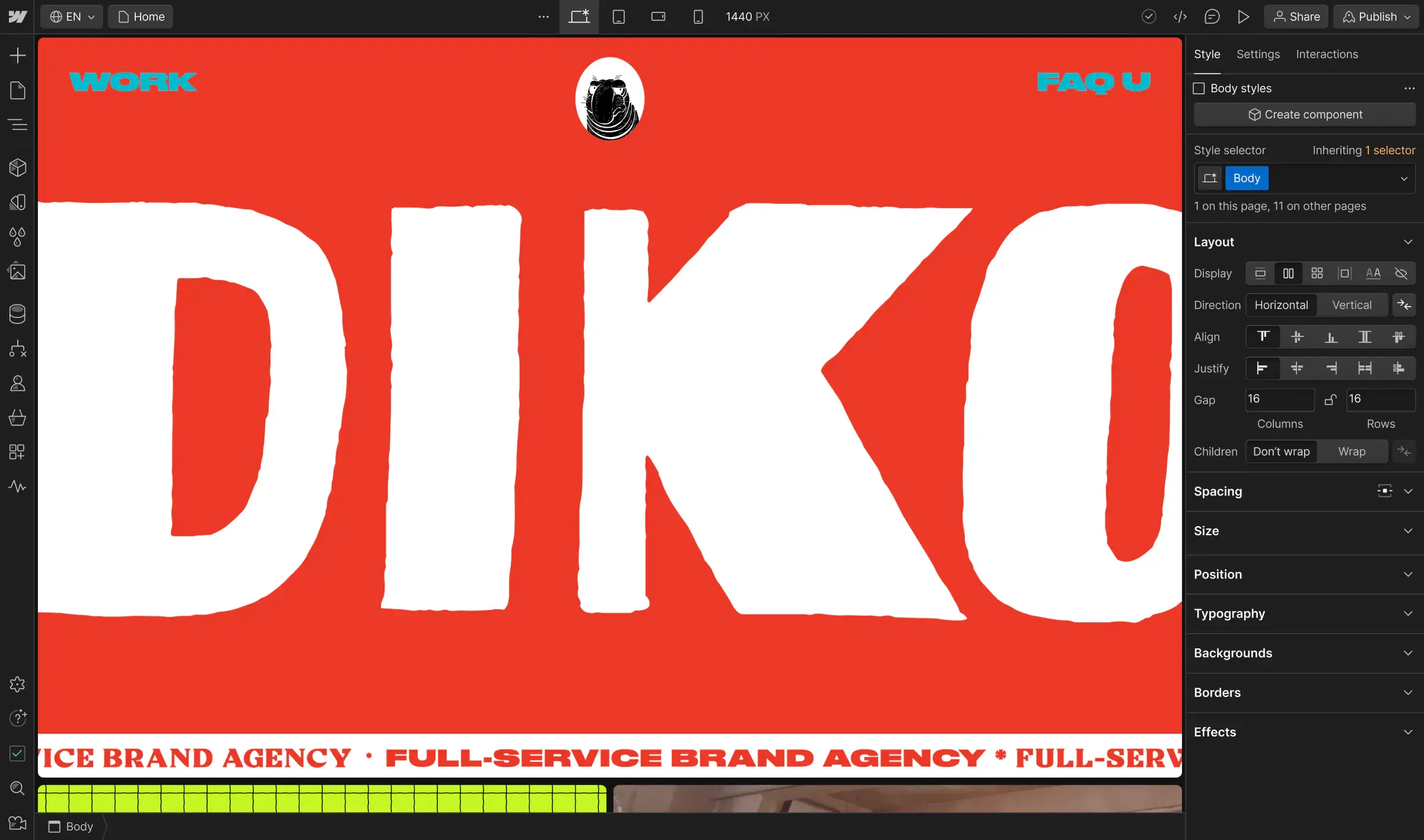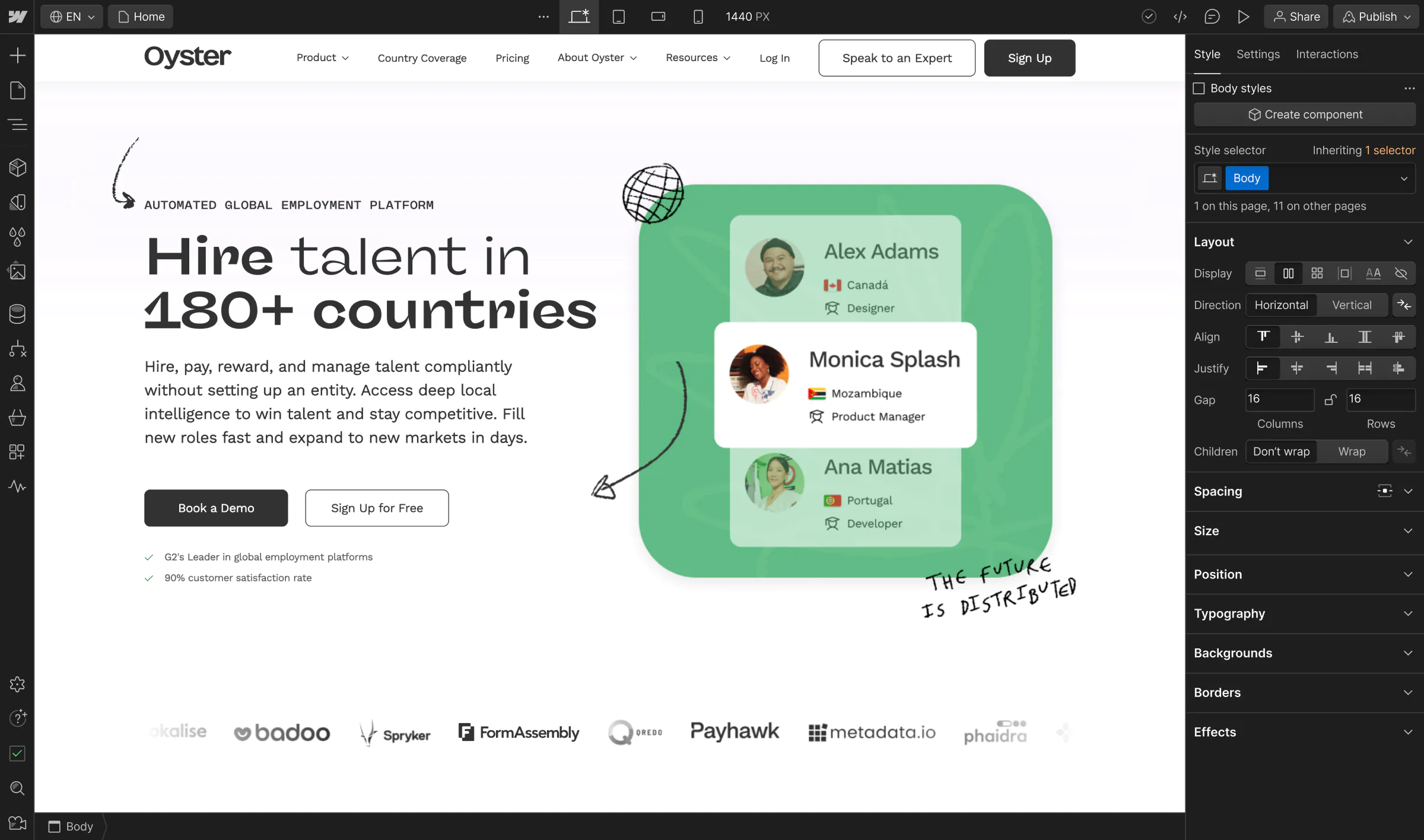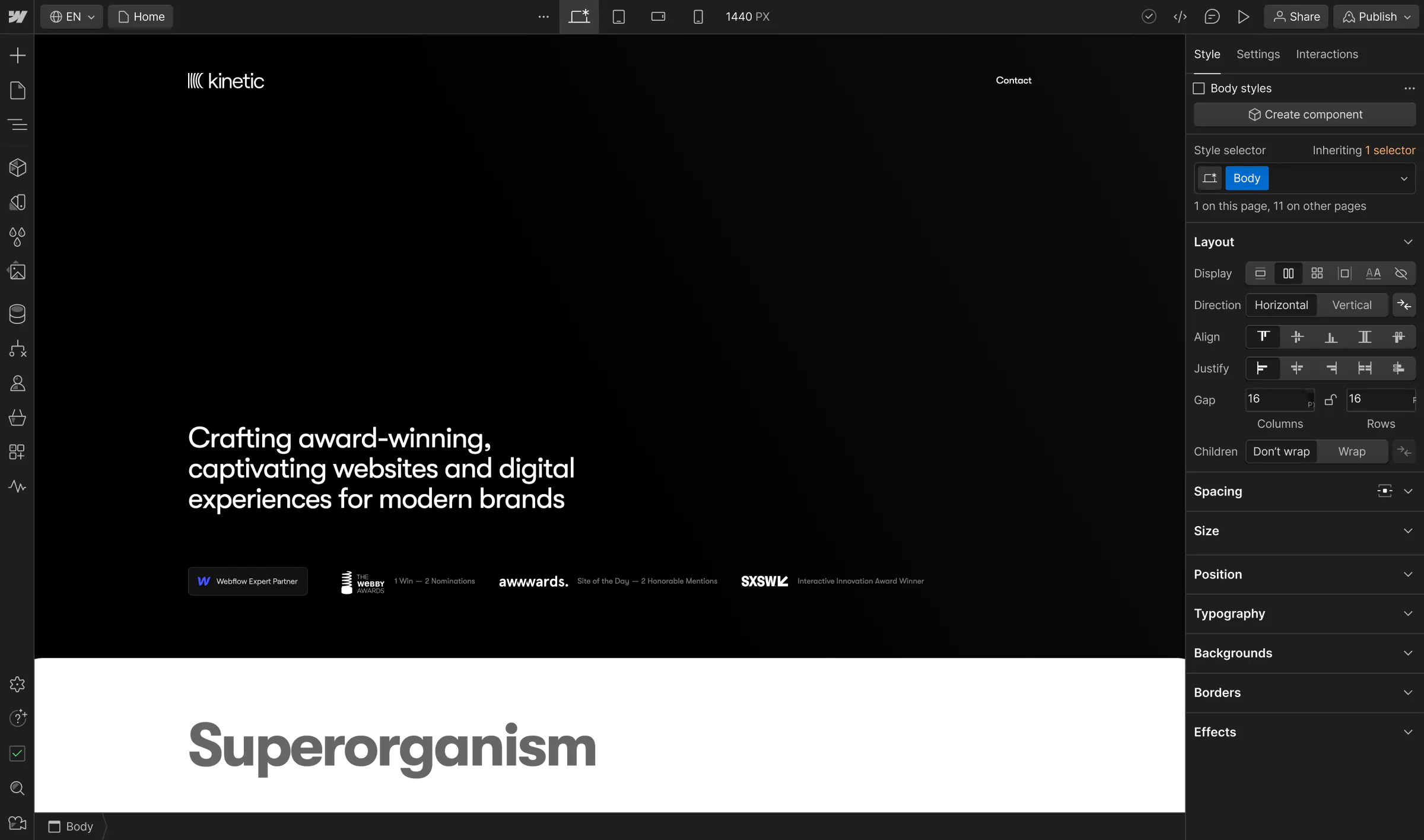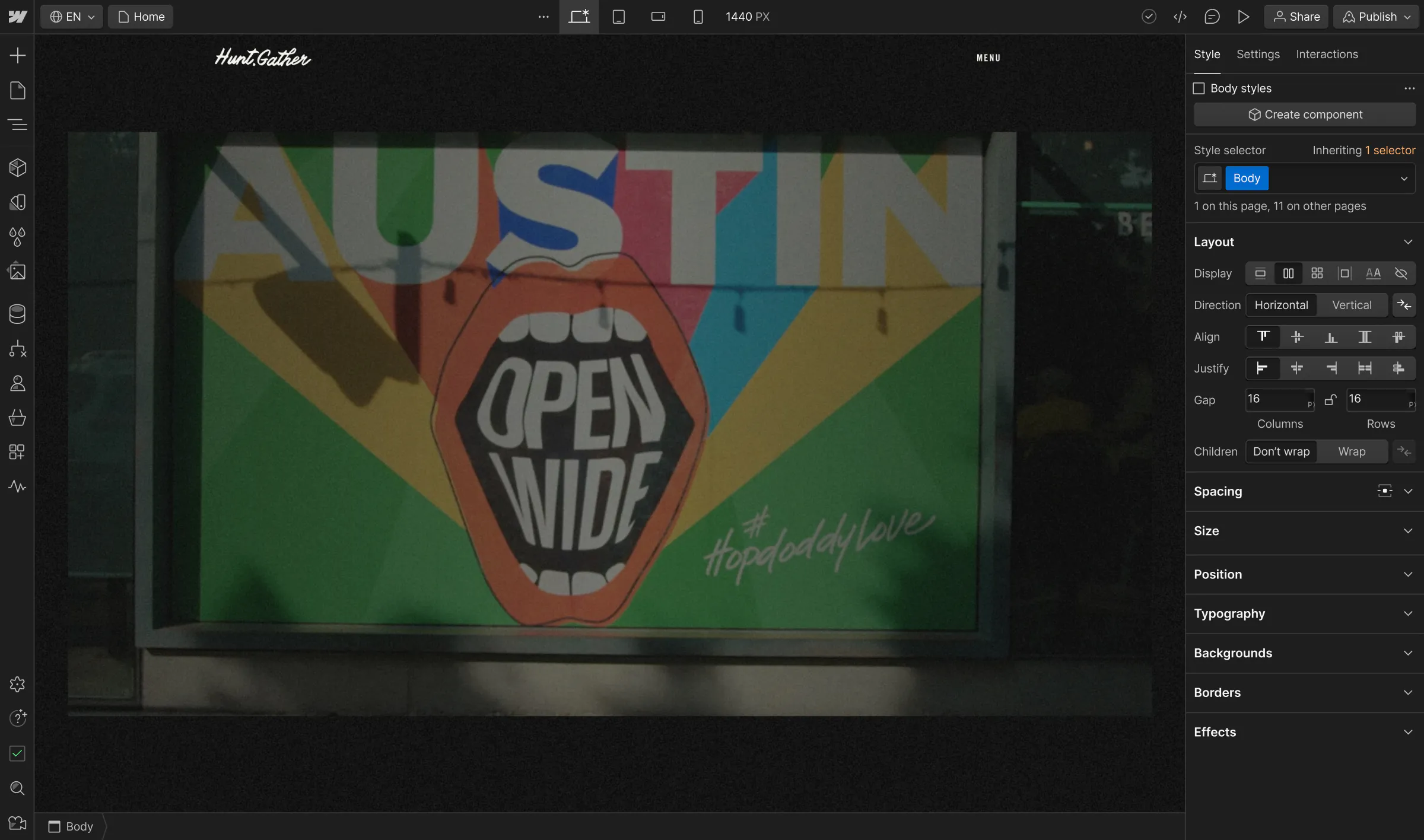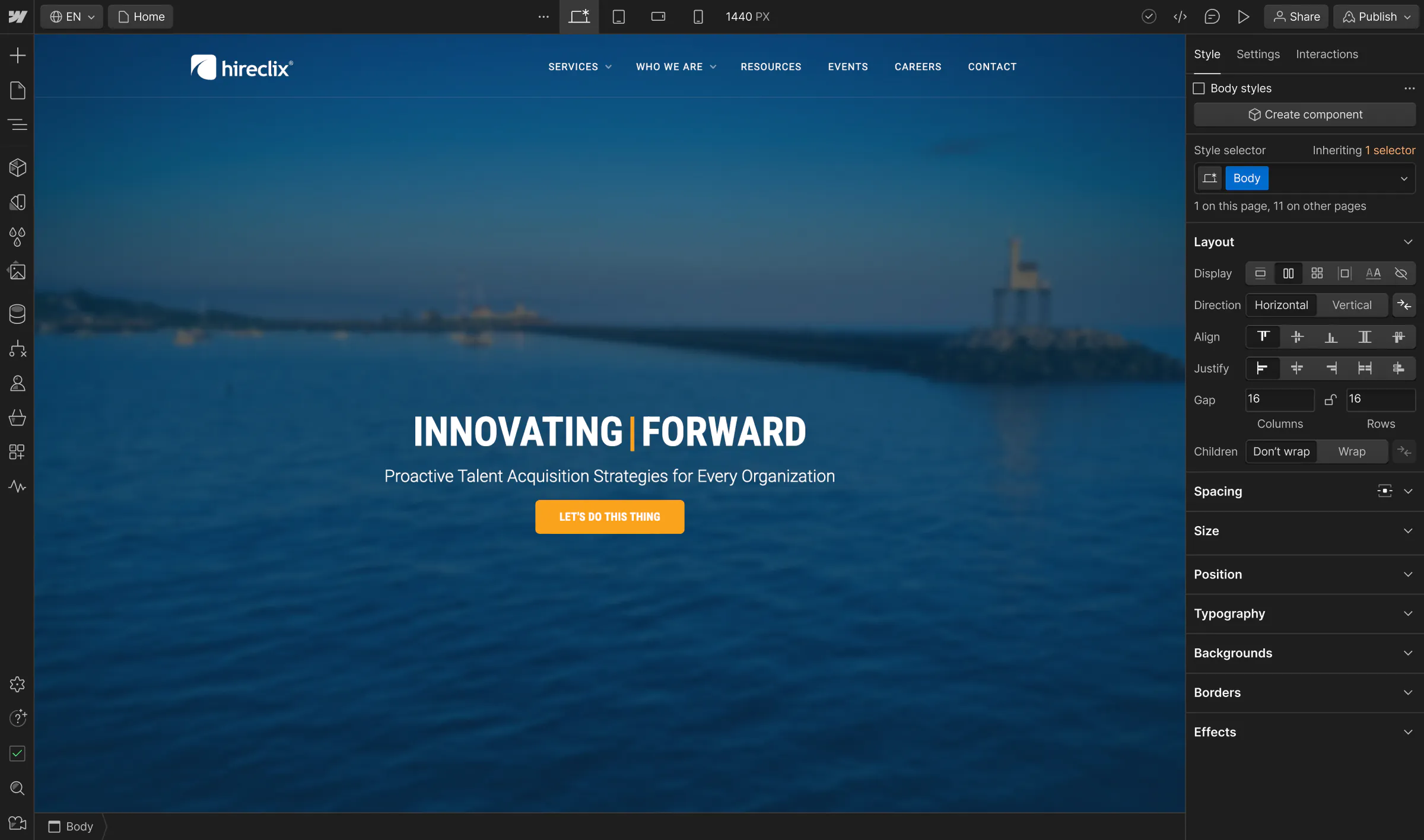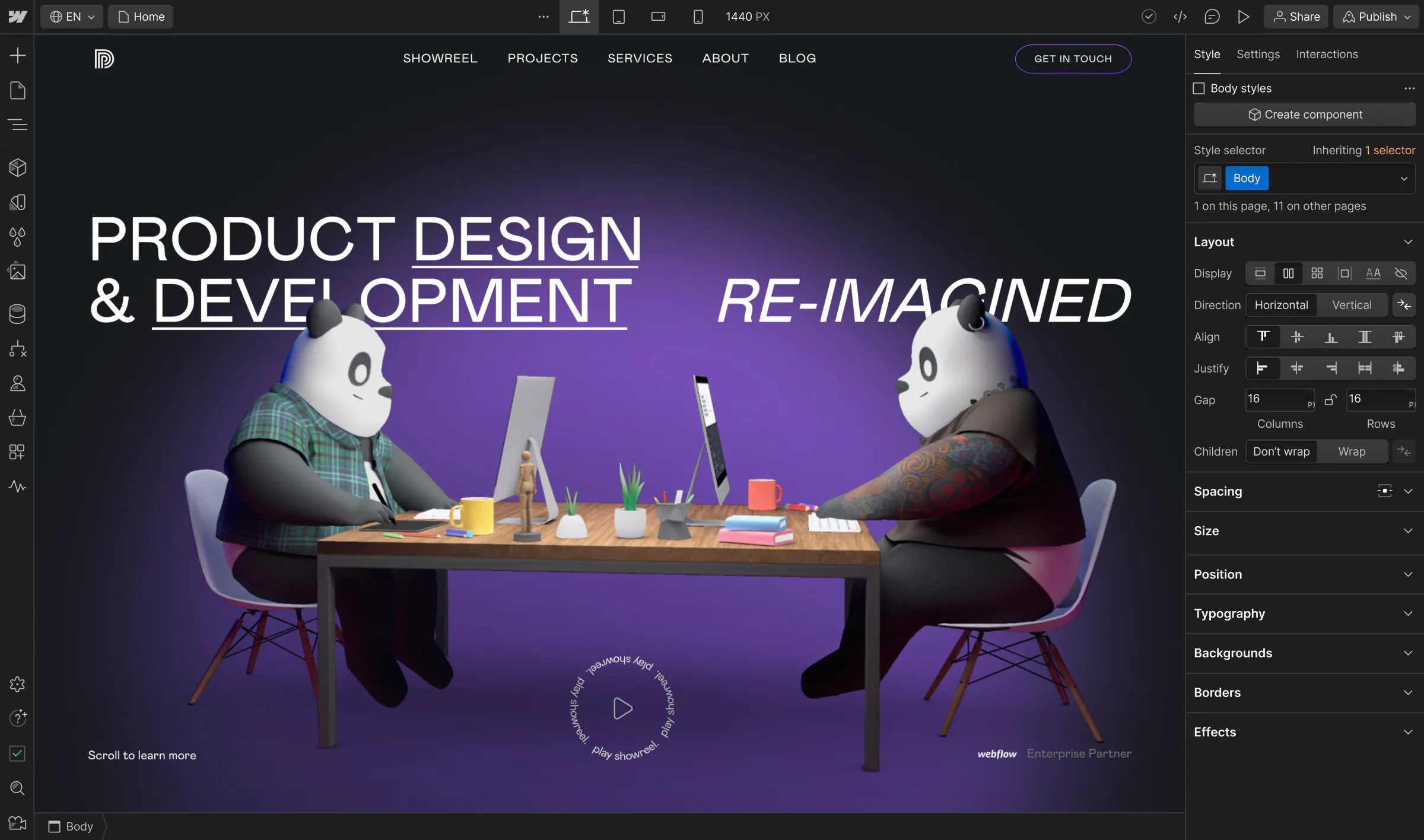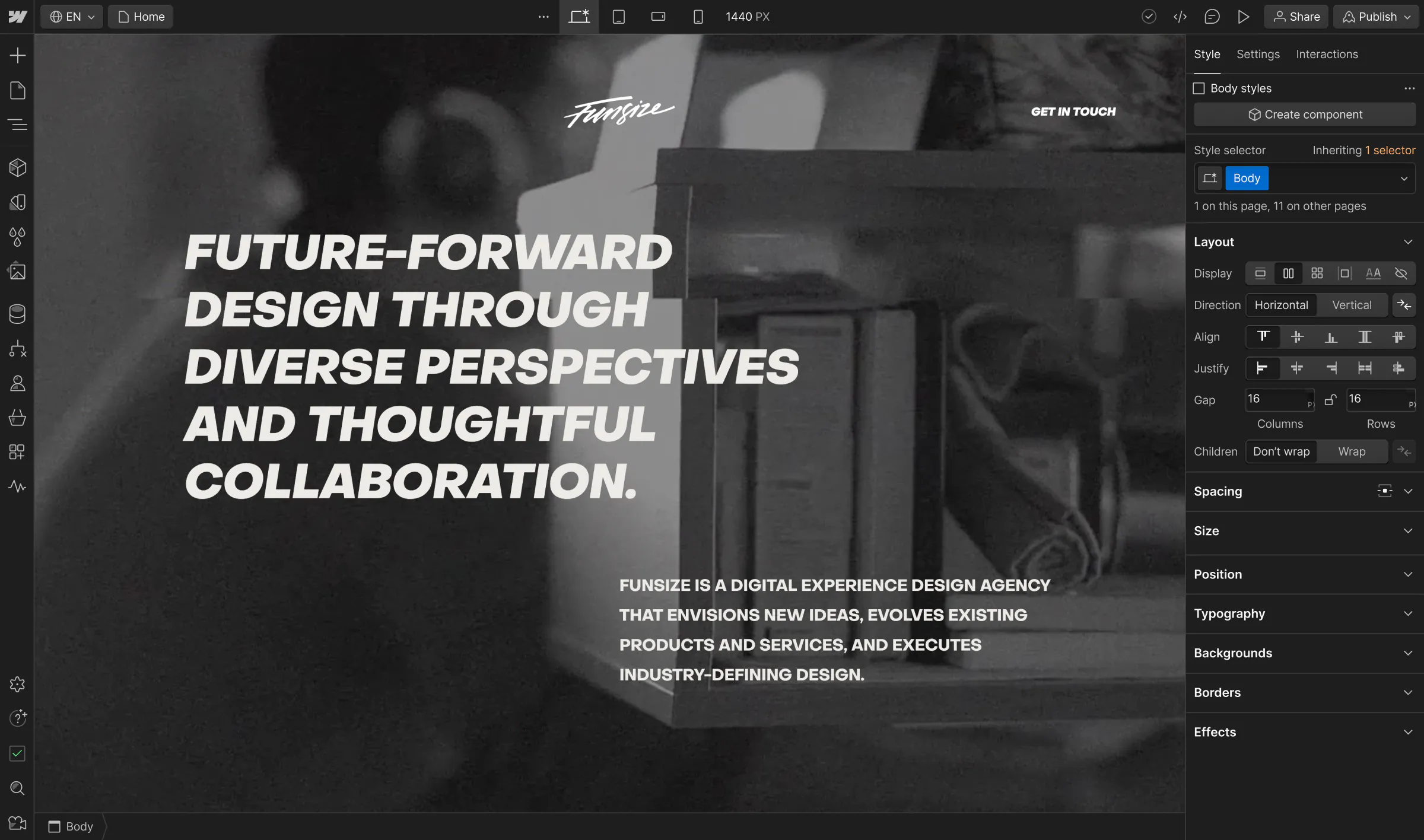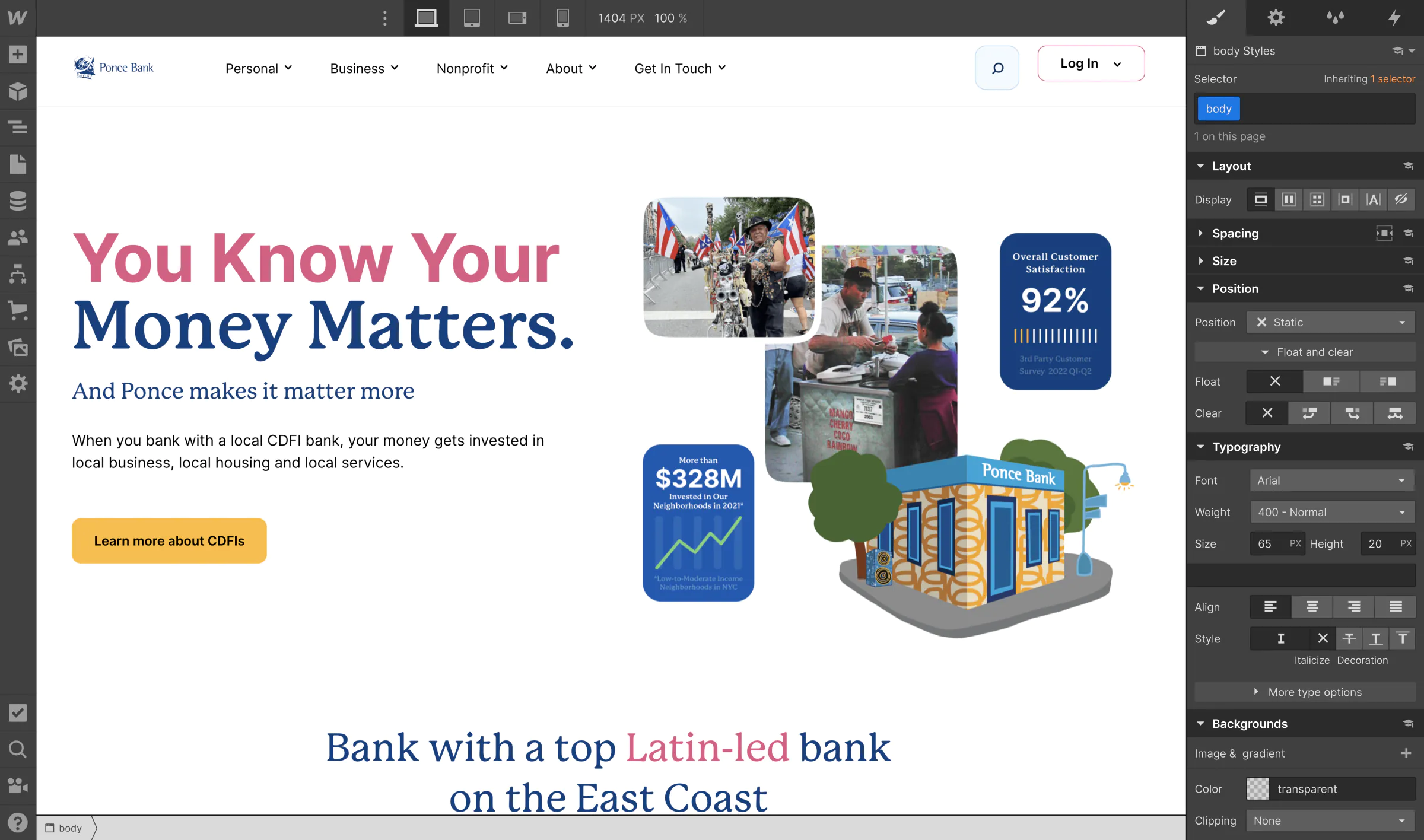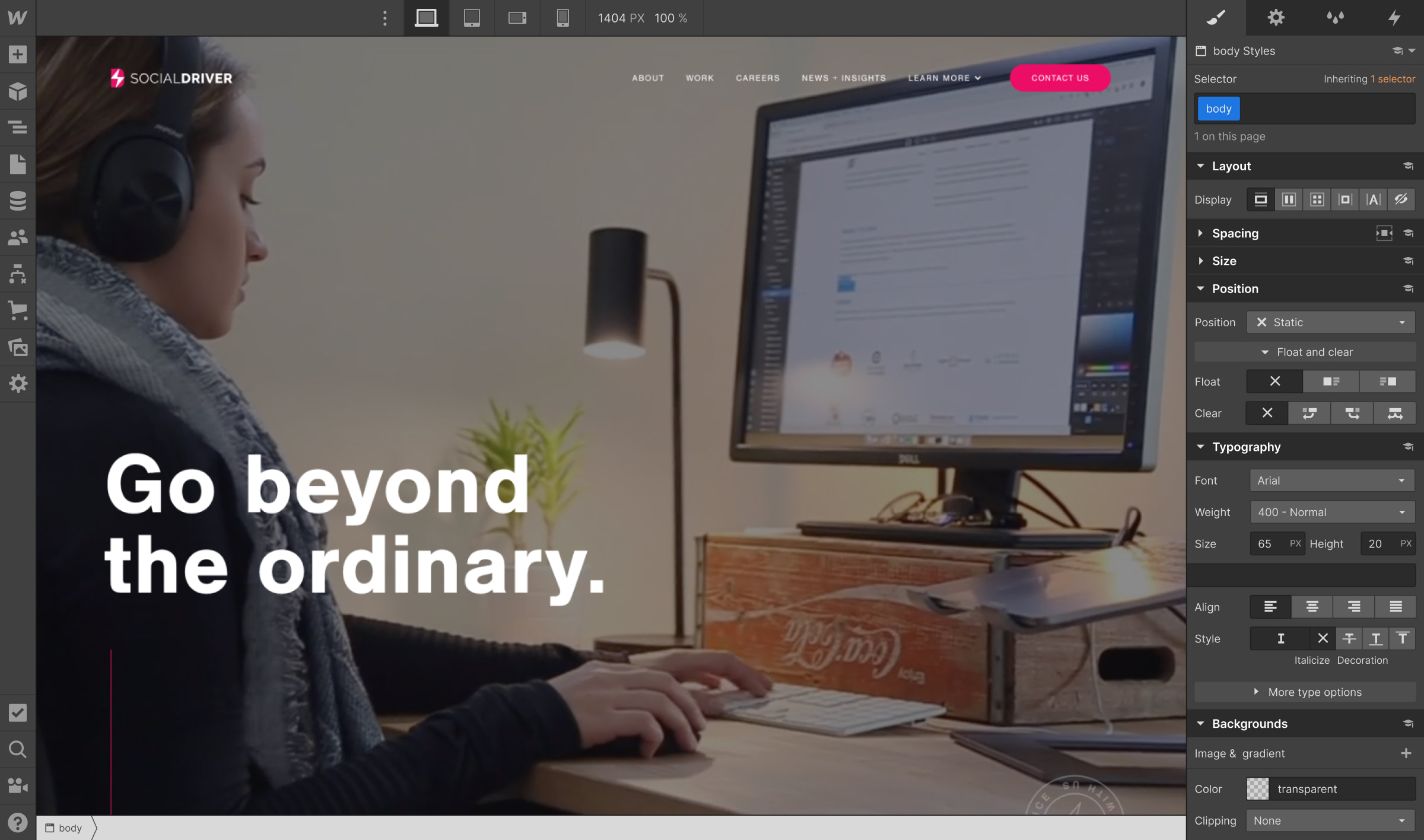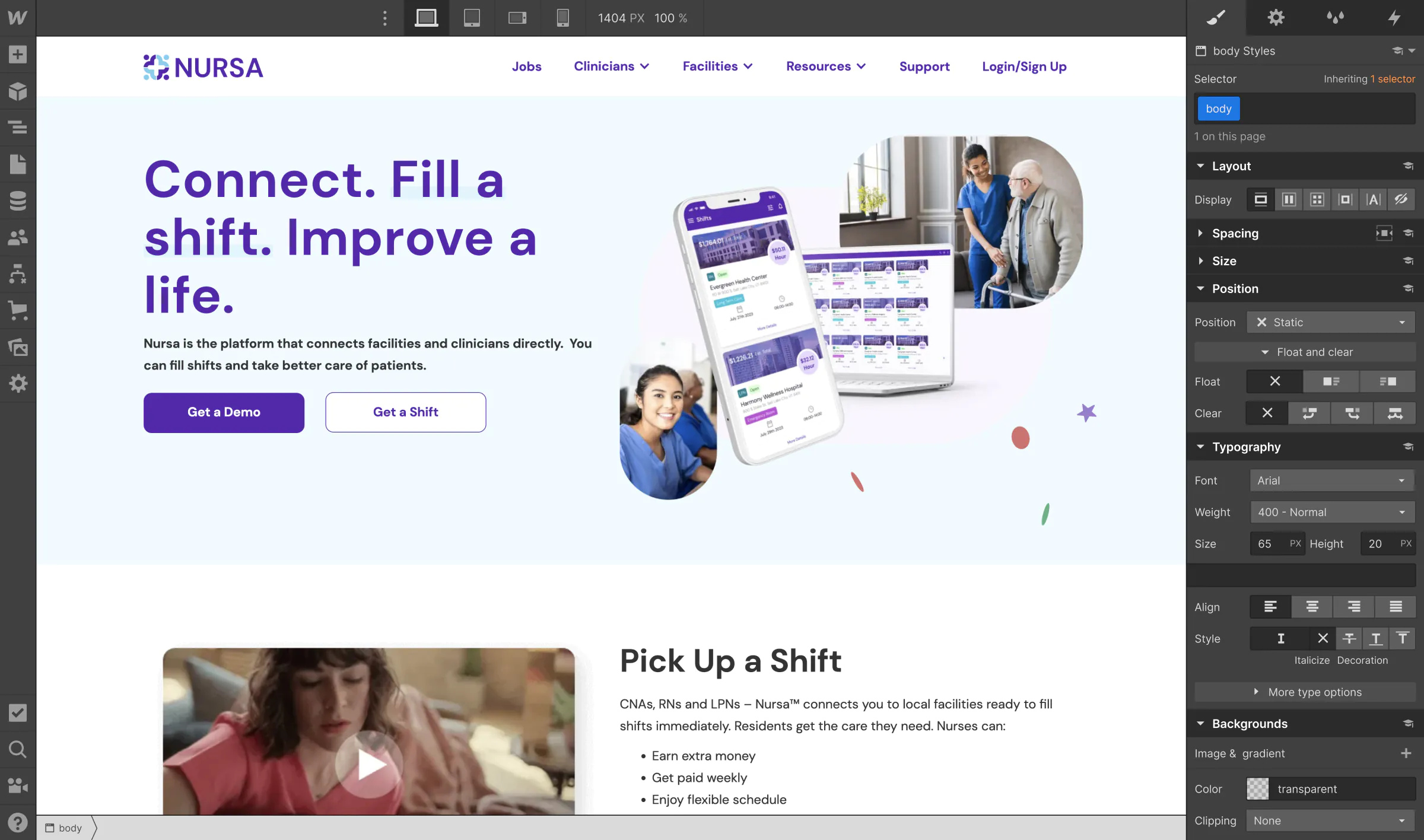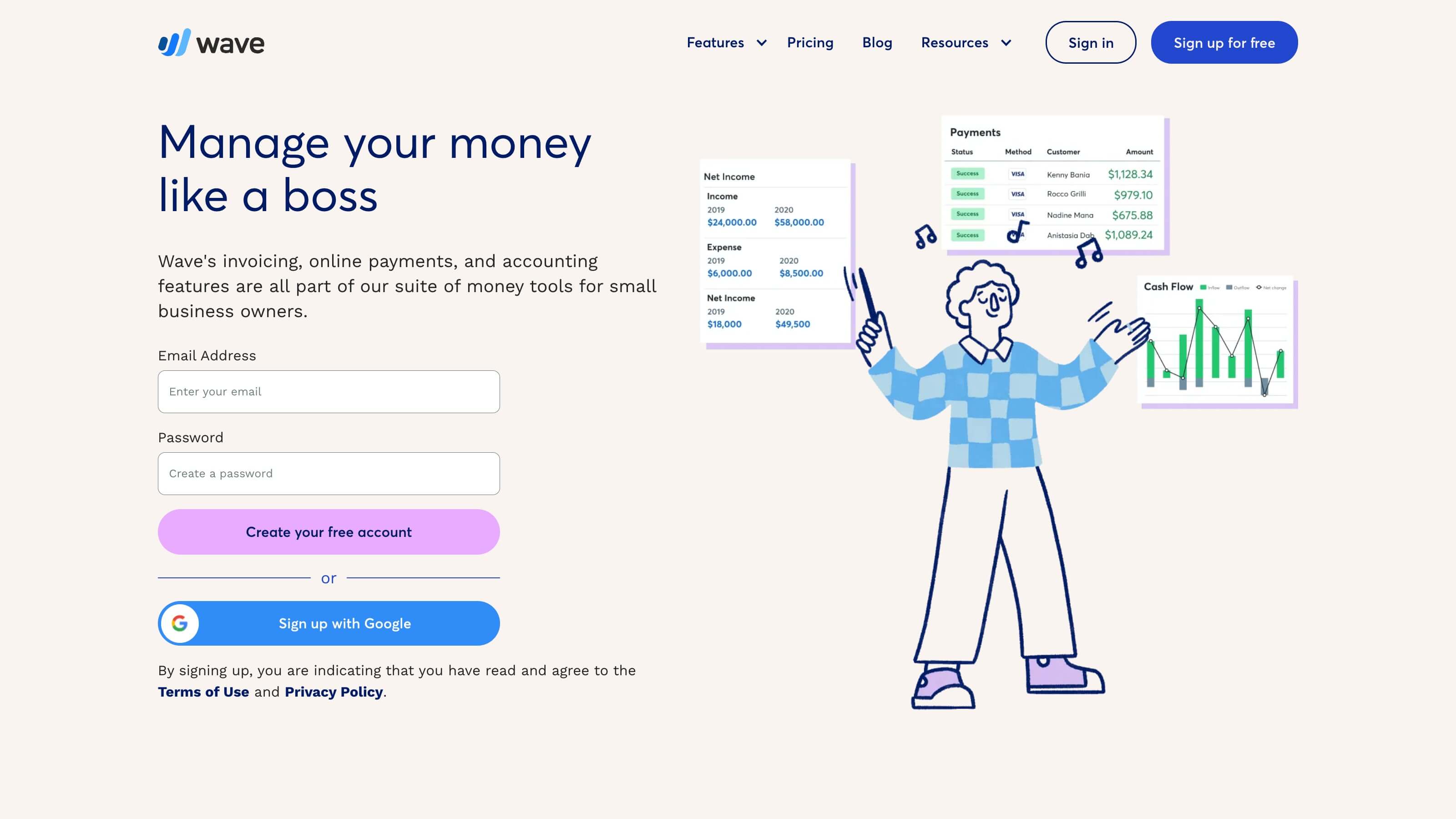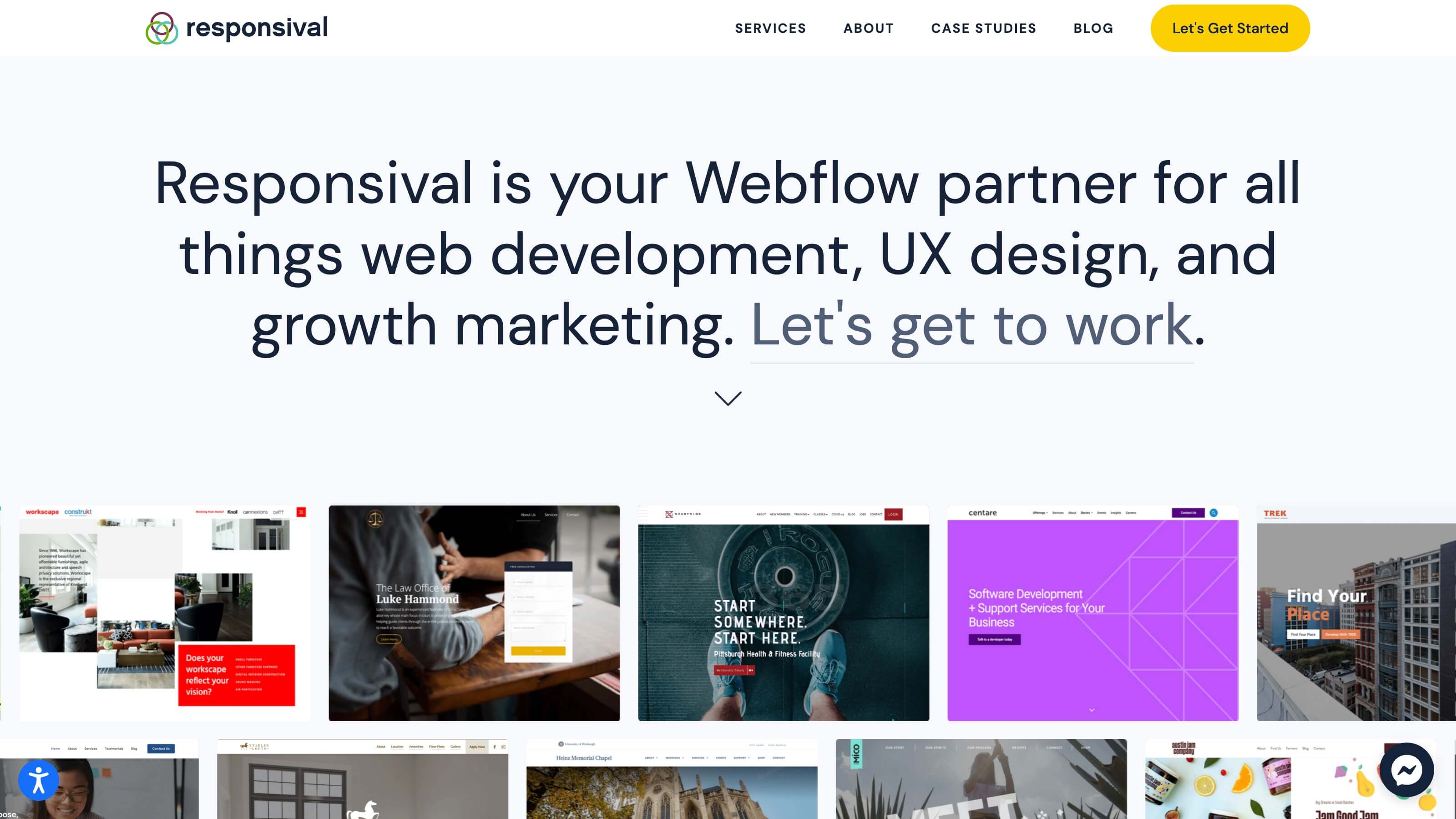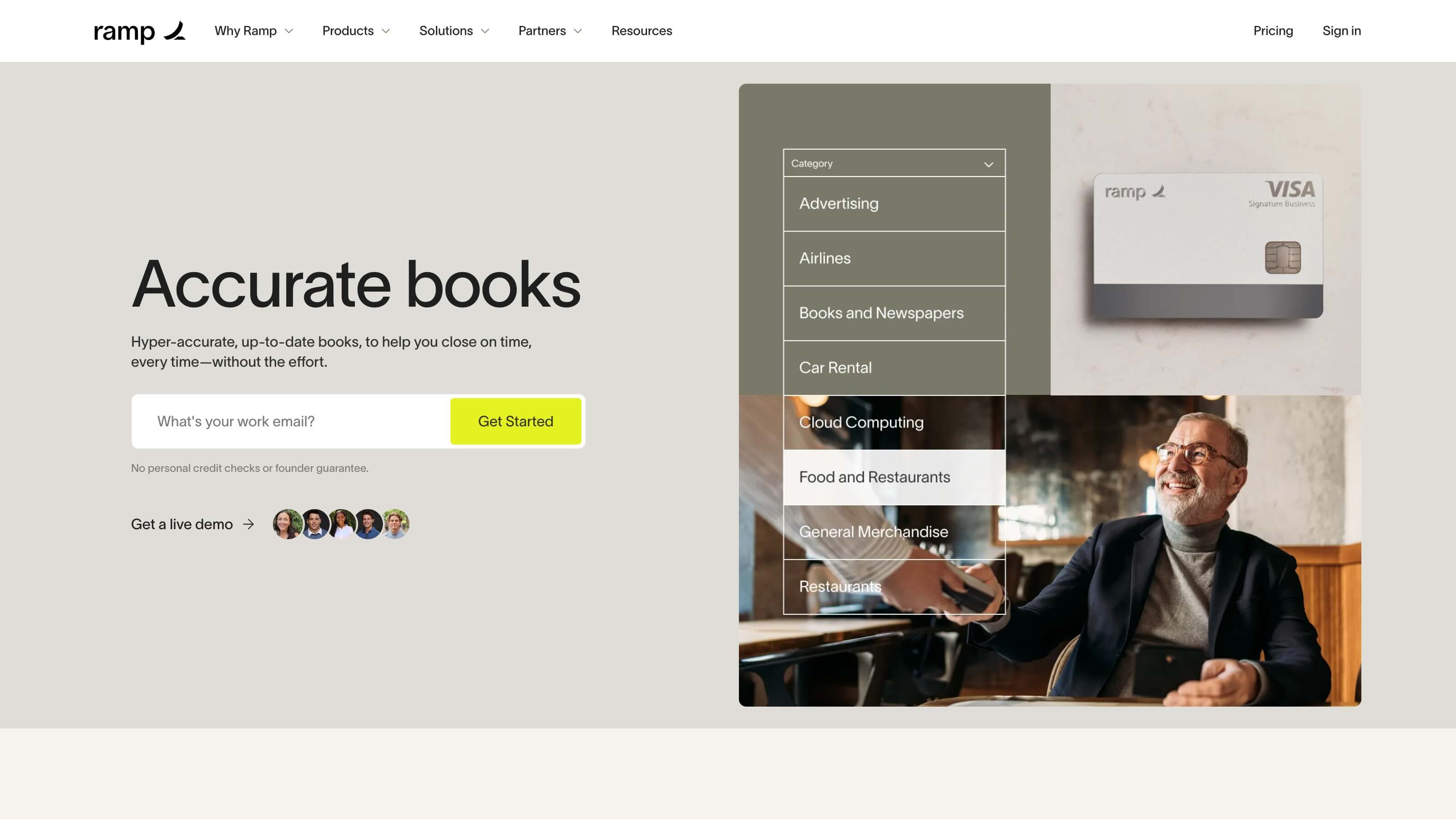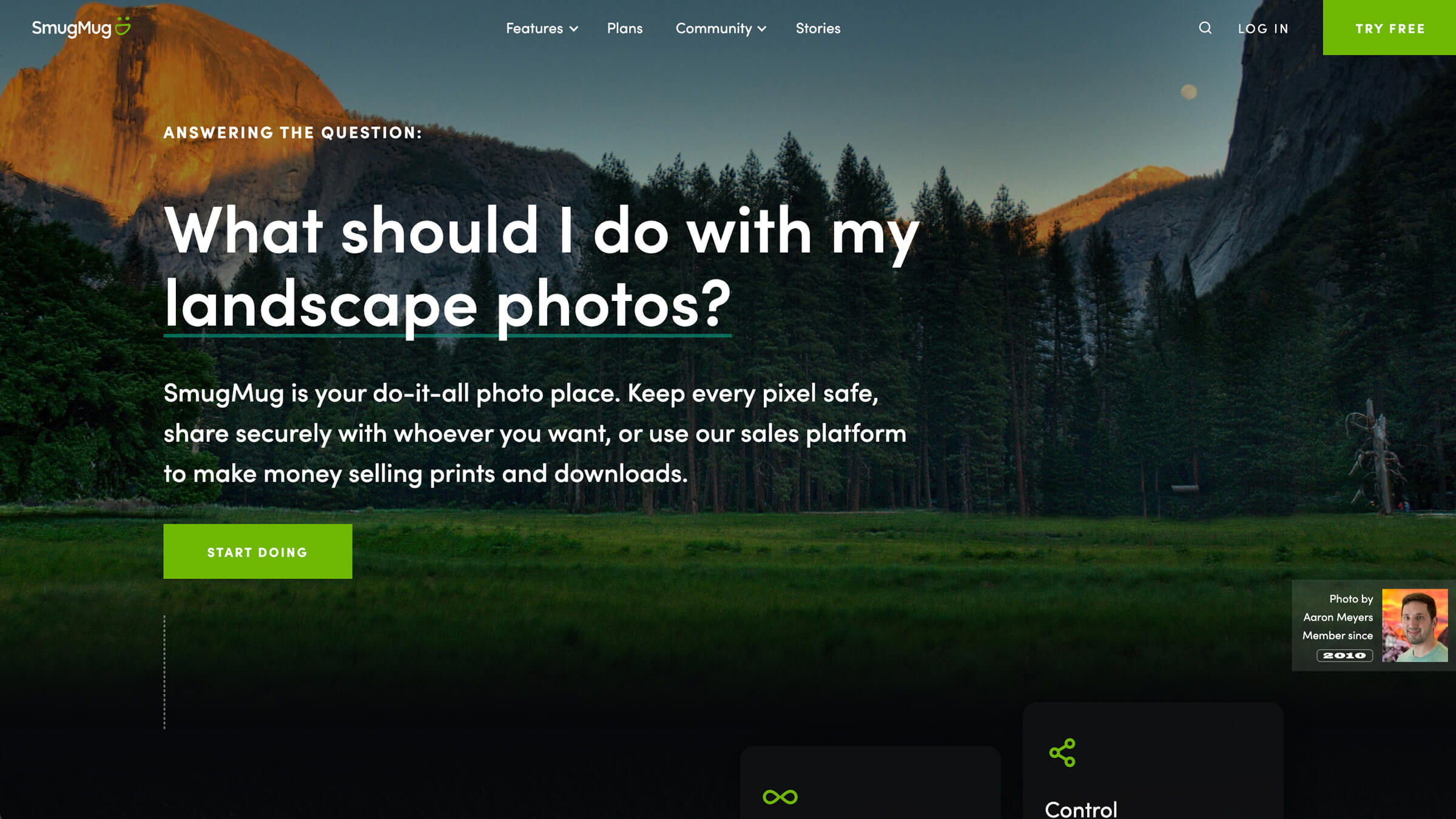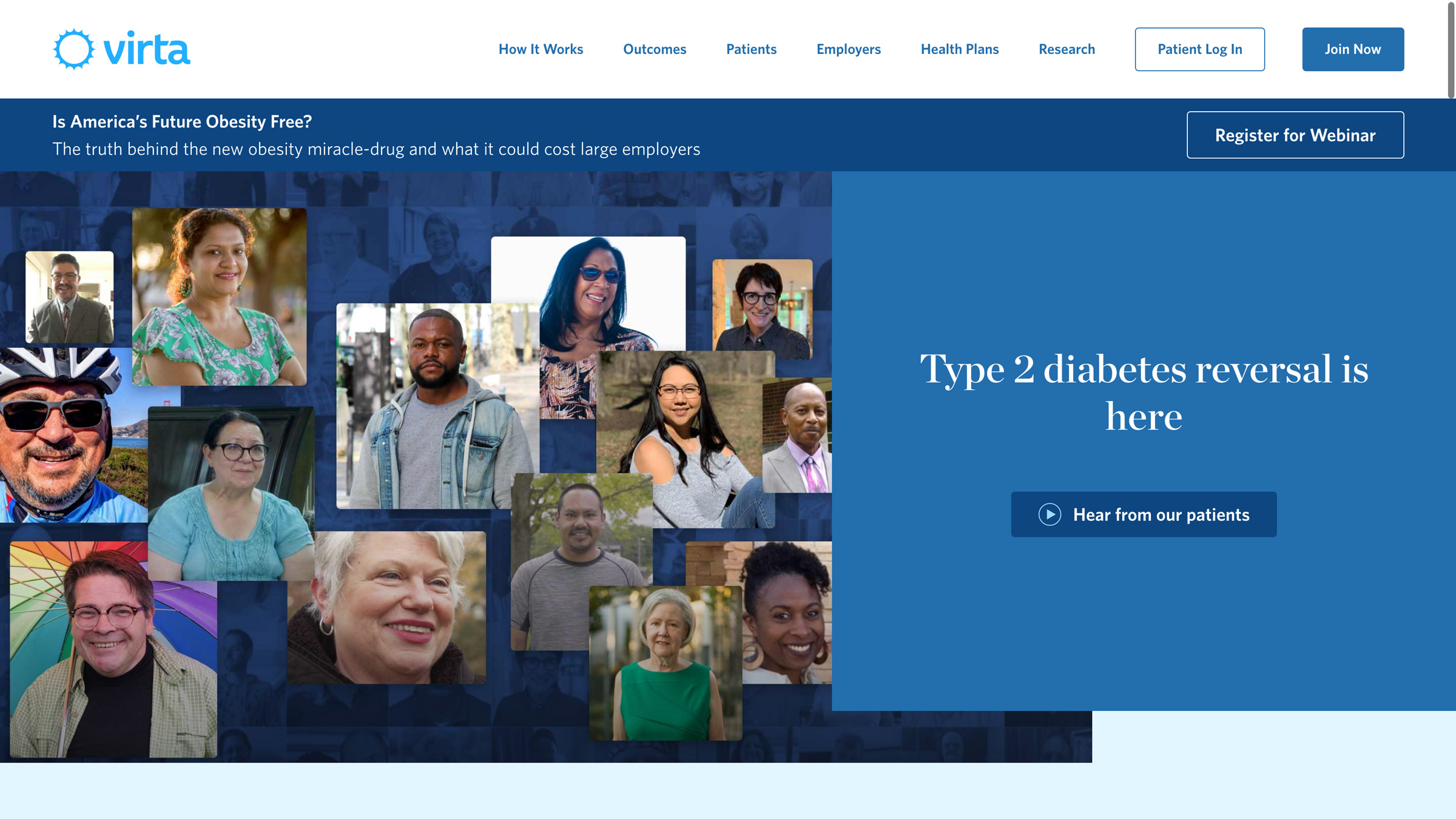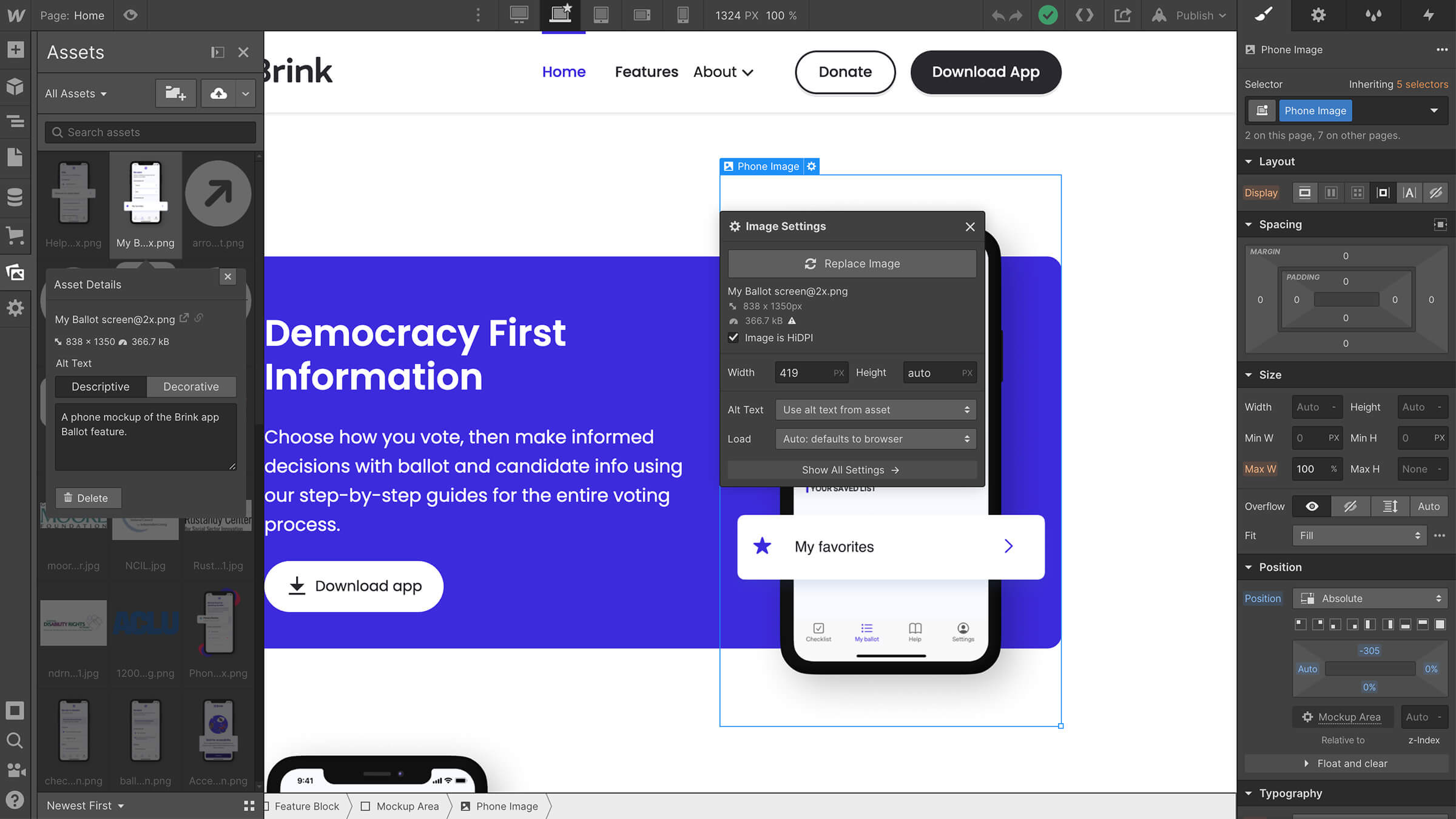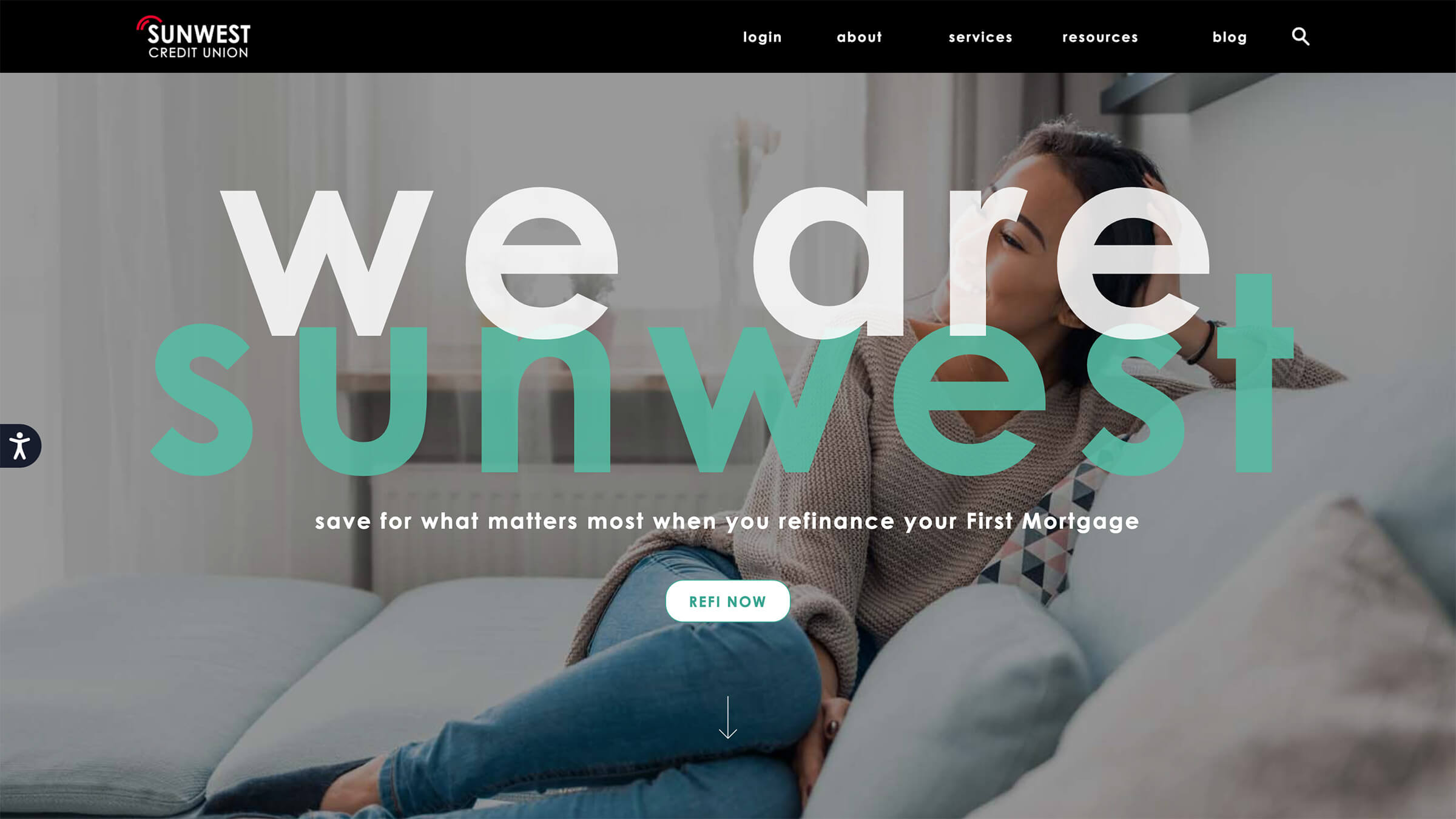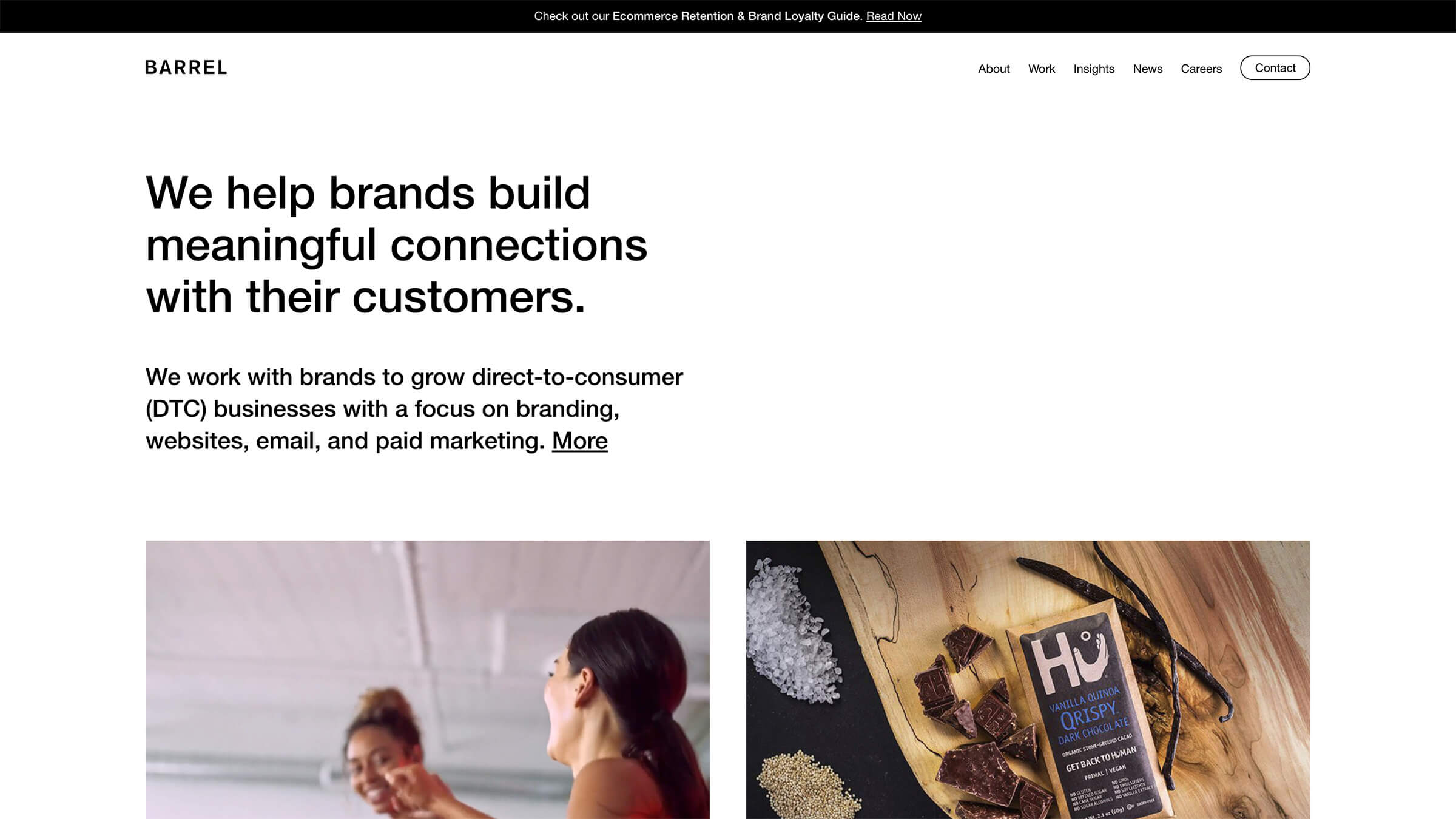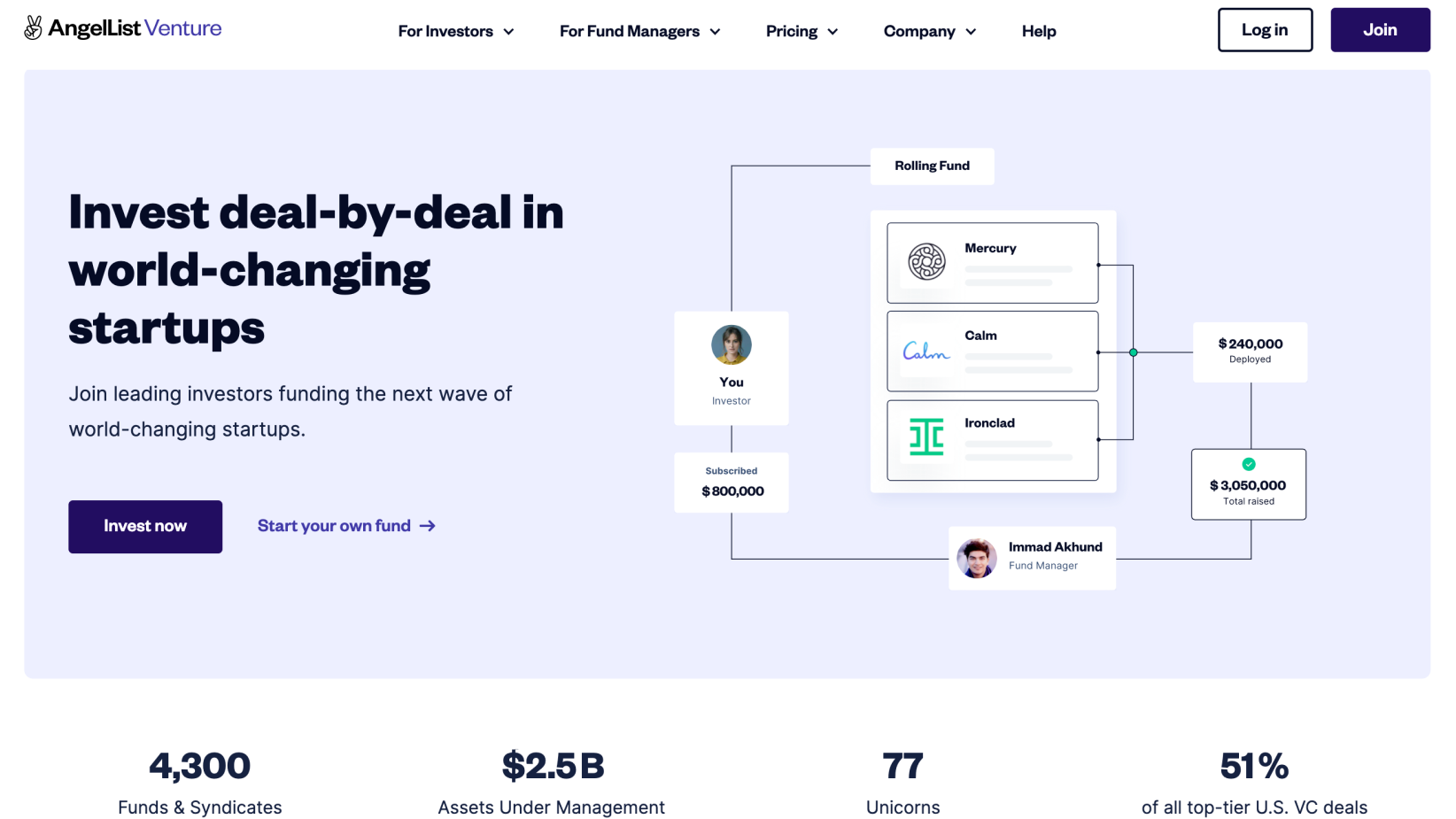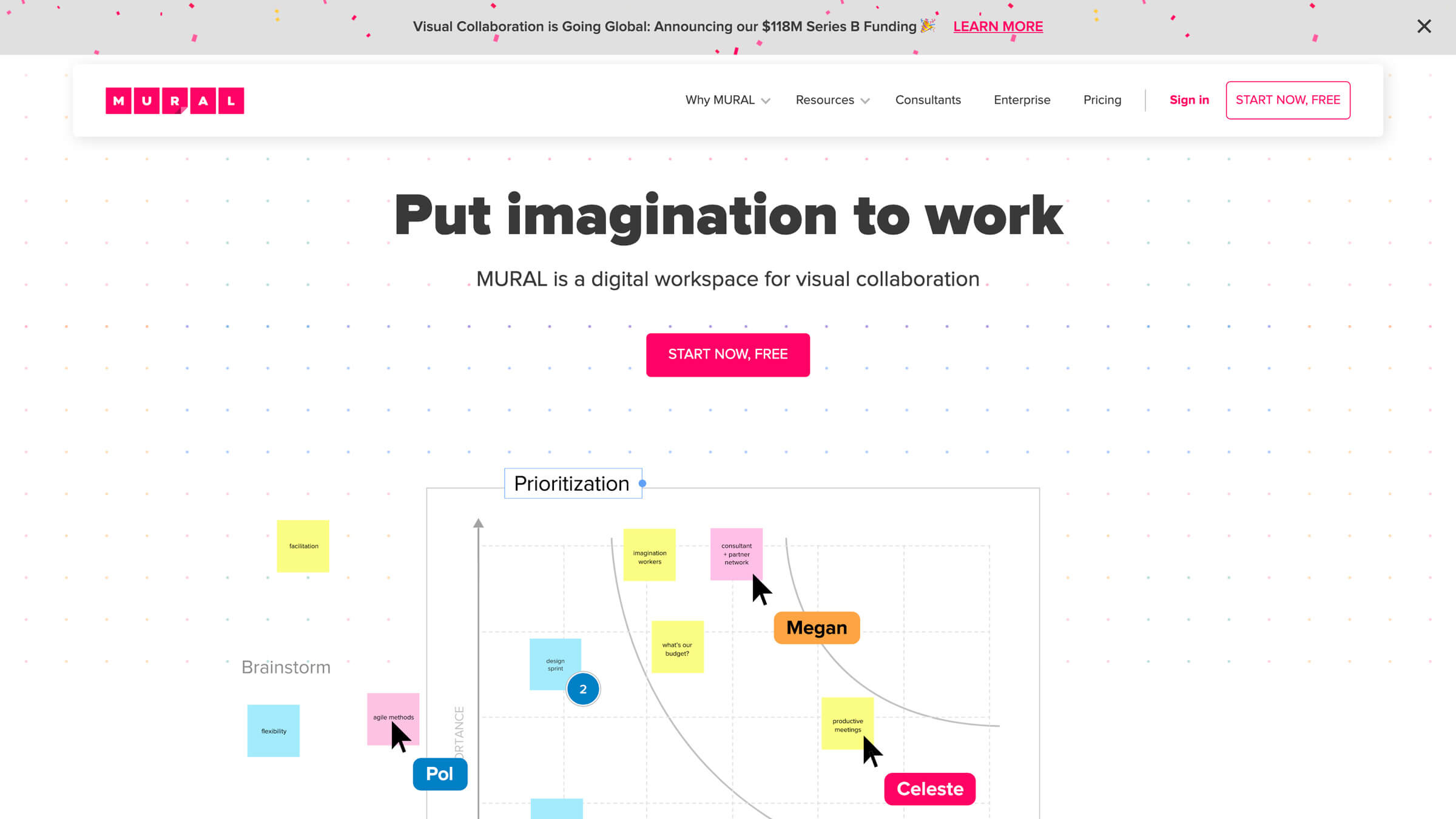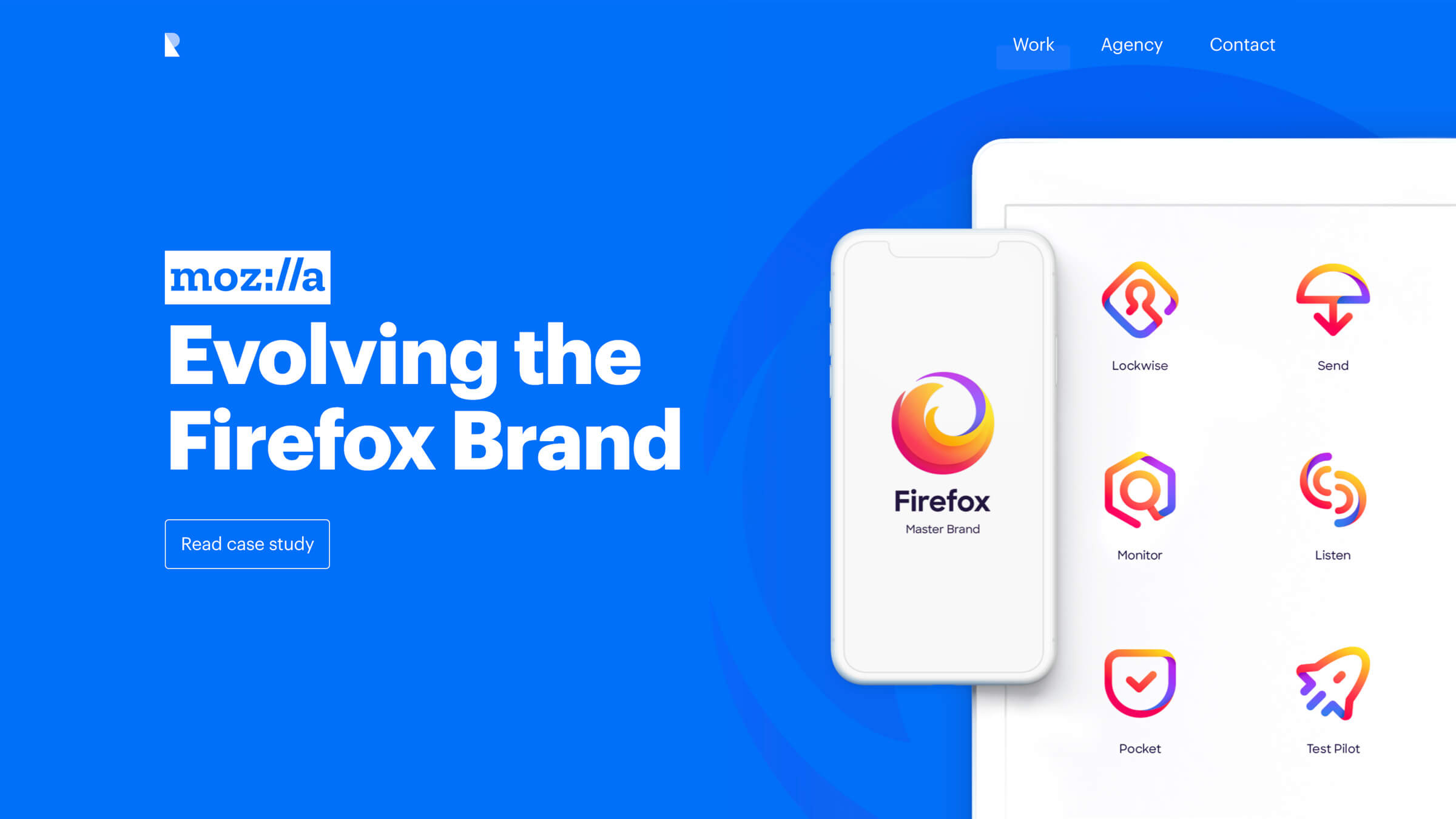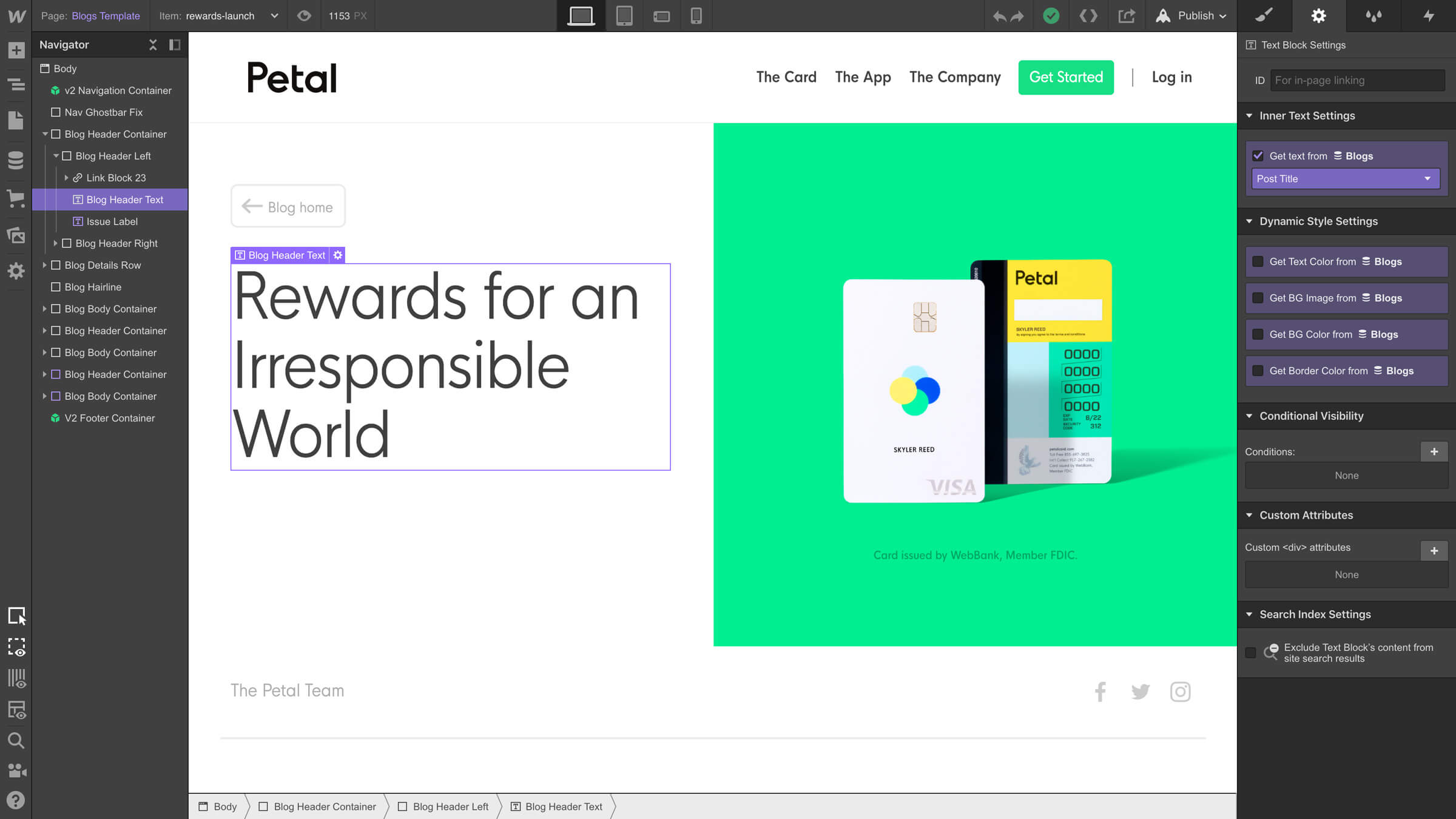Waste Connections unites 300+ brands with Webflow to scale growth and improve lead generation
Before Webflow, Waste Connections juggled dozens of disconnected sites across 300+ brands. Now, with Webflow and Enova, they’ve unified their web presence into a scalable system that empowers their technical teams, streamlines growth, and supports ongoing acquisitions.
Unlock your site’s full potential with best practices vetted by our experts. Learn the Webflow Way.
“Webflow gives us the platform we always hoped for: fast, stable, and built to scale across hundreds of sites. It’s the foundation that lets us grow through acquisition without slowing down or compromising consistency.”

Managing one website is hard enough. Imagine keeping hundreds aligned as your business continues to acquire new brands.
Waste Connections is one of the largest integrated solid waste services companies in North America. Founded in 1997 in Vancouver, Washington, the company has grown from a $25 million operation to a $9 billion enterprise by acquiring local providers across the U.S. and Canada. With each acquisition comes a new website, leading to a portfolio of more than 300 fragmented digital properties, and counting.
“We’re a local business at heart,” said Chief Information Officer Eric Hansen. “You won’t see national ad campaigns from us. Our websites are how we help customers solve problems and buy services.” But they needed to set those websites up for success with a system that could scale, stay consistent, and actually support how the business operates.
That meant rethinking how they built and managed their entire web presence.
Turning a fragmented digital presence into a scalable system
We have over 300 websites. With Webflow, we can manage them at scale without rebuilding everything from scratch.
- Eric Hansen, Chief Information Officer, Waste Connections
Waste Connections’ previous CMS couldn’t keep up with their growth. The multitude of sites were hard to update. “It was a black box,” said Tracy Reynolds, Manager of Web & Digital Media. “We couldn’t access basic styles or functions, and every site update had to be done manually.”
When a platform upgrade left them unable to post important announcements, they decided it was time to rebuild.
Waste Connections had two priorities: improve lead generation and increase customer self-service. They needed a platform flexible enough to support hundreds of distinct branded sites, with reusable components to streamline design and development. It had to deliver reliable performance, meet strong security standards, and integrate seamlessly with internal tools like Waste Connections’ site database and sales systems. They also needed the ability to segment content by customer type (residential, commercial, or roll-off) and support multilingual requirements for Canadian markets.
Webflow offered the control and scale the team needed. Its component-based architecture would allow the team to manage hundreds of brands with shared design logic, while APIs could sync real-time data from internal systems. “Webflow gives us the flexibility we need to customize and integrate, without boxing us in,” says Tracy.
For a team used to working around limitations, the shift to a more open, developer-friendly platform was a huge turning point.
Working with Enterprise Partner, Enova, to migrate 57 sites in 3.5 months
It wasn’t just a migration, it was a transformation. With Webflow, we were able to create a flexible, scalable system that empowers Waste Connections to improve lead generation and manage hundreds of brands efficiently. The Webflow, Waste Connections, and Enova partnership made rapid, sustainable growth possible.
- Nuria Casanova, Founder, Enova
When Waste Connections made the decision to move off their legacy platform, they partnered with Webflow Enterprise Partner Enova to lead the migration and system design. “Our goal was to build a foundational system that made it easy to scale,” said Enova Founder Nuria Casanova.
The project began with a seven-month build phase, focused on component libraries, UX design, backend architecture, and SEO. “We didn’t just want to migrate; we wanted to improve lead capture,” said Nuria. That meant designing a flexible design system that could support site performance at scale, while also making it easier to update and manage content across hundreds of brands.
Enova used Webflow to develop reusable components and standardized templates, then connected them to internal databases via APIs. “From a design and development perspective, the ability to reuse components and update content in Webflow was a game-changer,” said Nuria.
Canadian sites added another layer of complexity. “We’re legally required to offer fully bilingual sites in places like Quebec,” said Tracy. “Webflow Localization made it a lot easier to manage region-specific content.” With Webflow’s visual interface and user roles, Waste Connections was able to directly bring in their Quebec team to manage translations quickly and accurately. Throughout the process, the Webflow Enterprise Account Team provided direct support, consulting on architecture, integrations, and SEO.
The team met their tight deadline, and the new system has continued to evolve. “We couldn’t have done this without Enova,” said Eric. “They brought the design expertise and built the site infrastructure that made it all possible.” Today, Waste Connections launches 3–4 new sites per month, using Webflow as a foundation. “We’re still working hand-in-hand with Enova,” said Tracy. “They help us with site management, evolve components, and help our team scale.”
Fueling confident growth through rapid testing and continuous optimization
With Webflow, our team can actually build what we need. That shift has driven more leads, better conversions, and a system we know will scale with us.
- Tracy Reynolds, Manager of Web & Digital Media, Waste Connections
The new system delivered immediate impact. Comparing the first seven months post-migration to the previous year, Waste Connections saw a 57% increase in leads and a 20% increase in sales.
Content is now easier to manage, and internal databases automatically feed location-specific information like hours and holiday schedules to each site. “If we need to update a pickup schedule, we just update it once in the master component,” said Nuria.
They’ve also adopted Webflow Optimize to run experiments at scale. A test comparing “Get prices” to “Start rental” drove a 36% increase in conversions. Another experiment simplified the hero text and bolded key services, resulting in a 5-17% lift in leads overall. On mobile, where 70% of traffic originates, shortening long descriptions led to a conversion increase up to 81%. “Words are where all the money comes from,” said Eric. “That result is a big deal.”
Today, teams test images, CTAs, and messaging across customer types. “These tests are helping us identify the best-performing combinations for each line of business,” said Nuria. “With those insights, we design new websites and templates tailored to what works, which means the impact of our CRO efforts goes beyond a single site.”
Waste Connections continues to grow by acquiring new waste service brands, each of which brings a new site to migrate. Tracy’s team, supported by Enova, remains focused on improving, not just launching. “It’s not just about getting the sites live,” said Nuria. “It’s about making them better with every new feature and test.”
With a flexible platform, expert partner support, and the freedom to test and adapt quickly, Waste Connections has built a web foundation that scales with their growth — and continues to elevate the customer experience. “What’s been most impressive is how Webflow continues to innovate,” said Nuria. “We’re now building global component libraries and moving faster than we thought possible.”
Explore more Enterprise stories
Explore more stories
Get started for free
Try Webflow for as long as you like with our free Starter plan. Purchase a paid Site plan to publish, host, and unlock additional features.
Try Webflow for as long as you like with our free Starter plan. Purchase a paid Site plan to publish, host, and unlock additional features.
